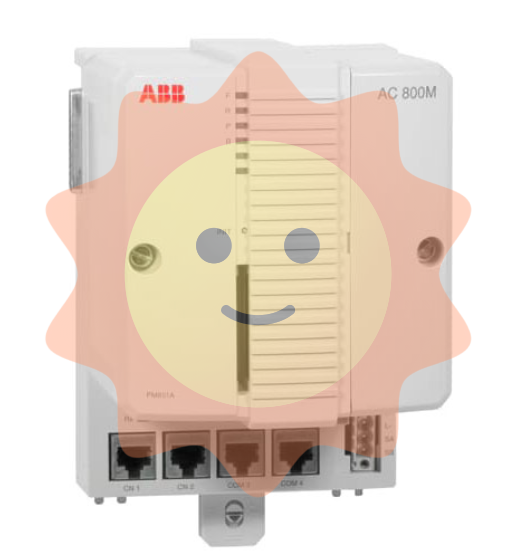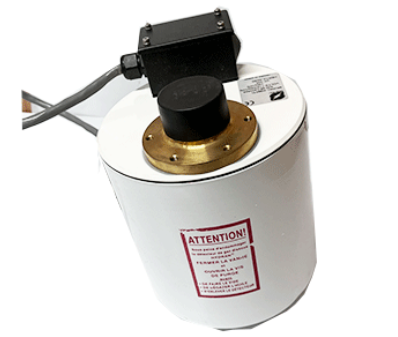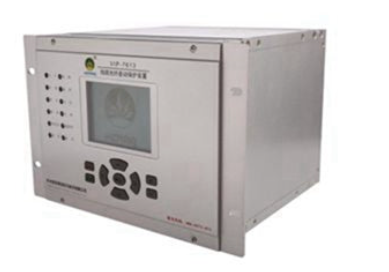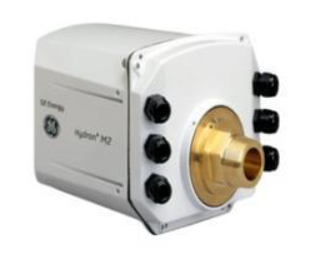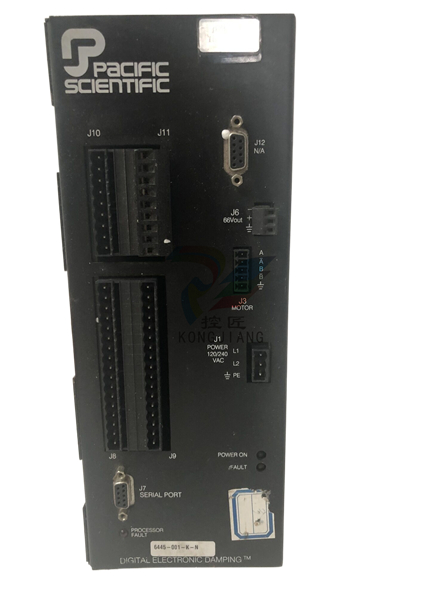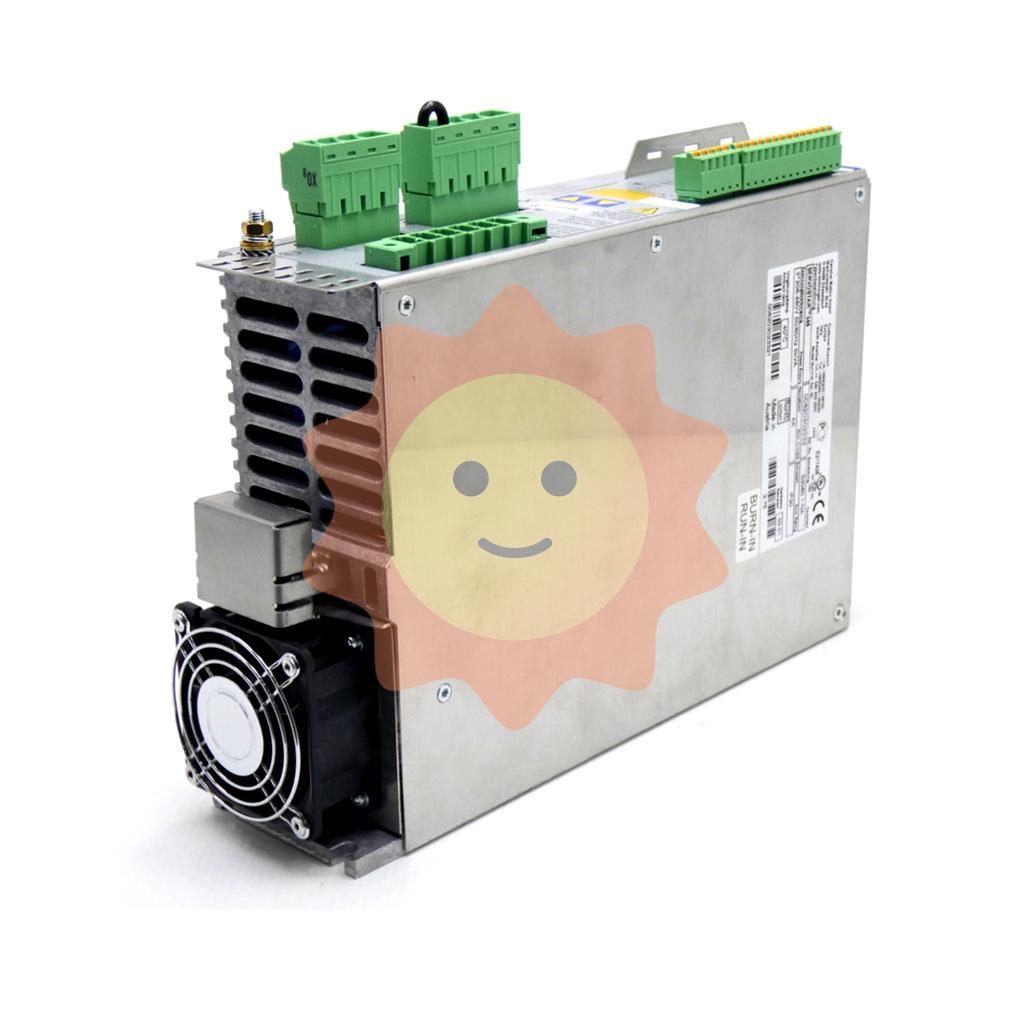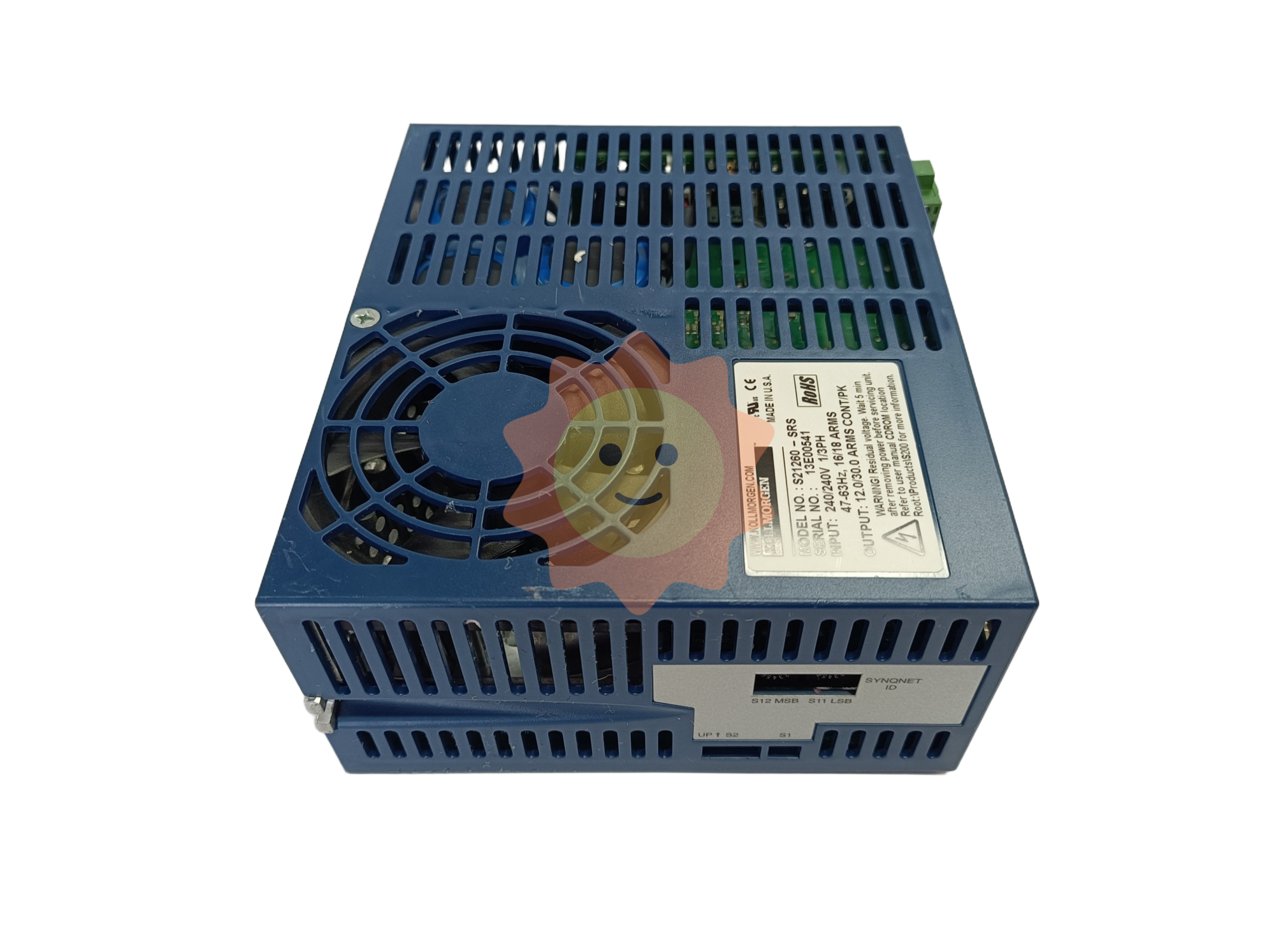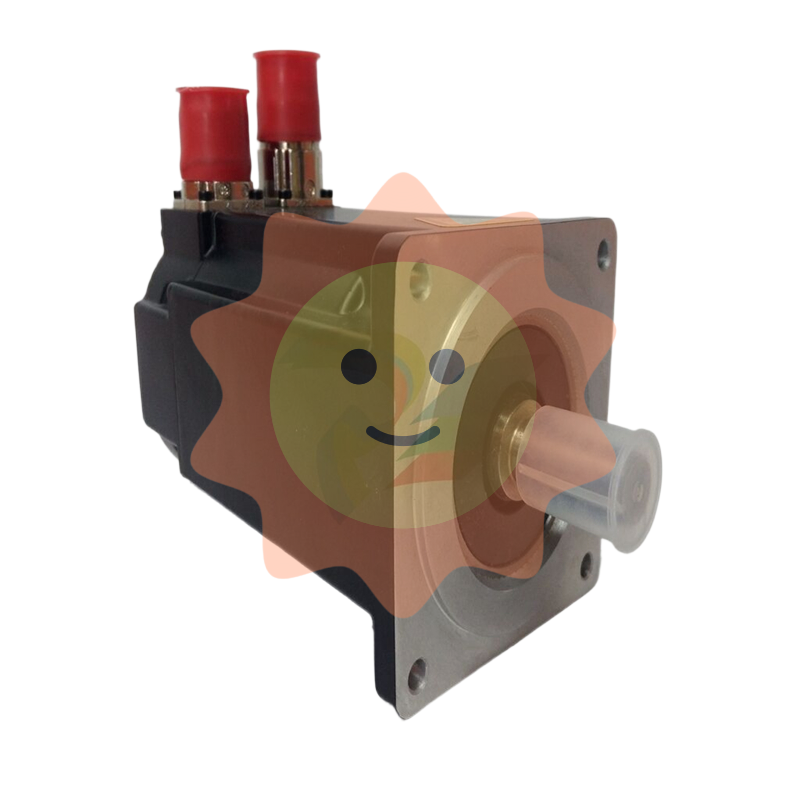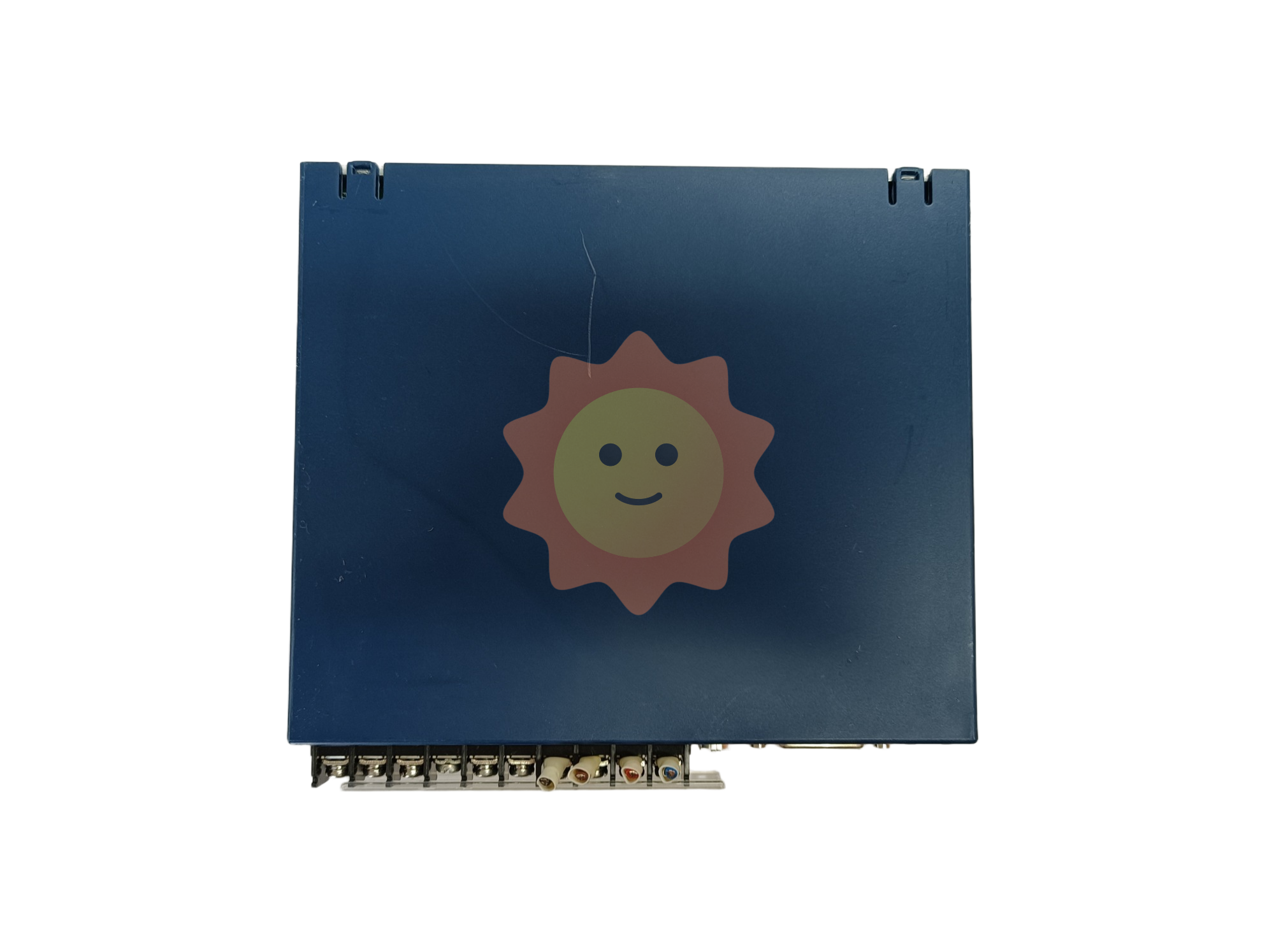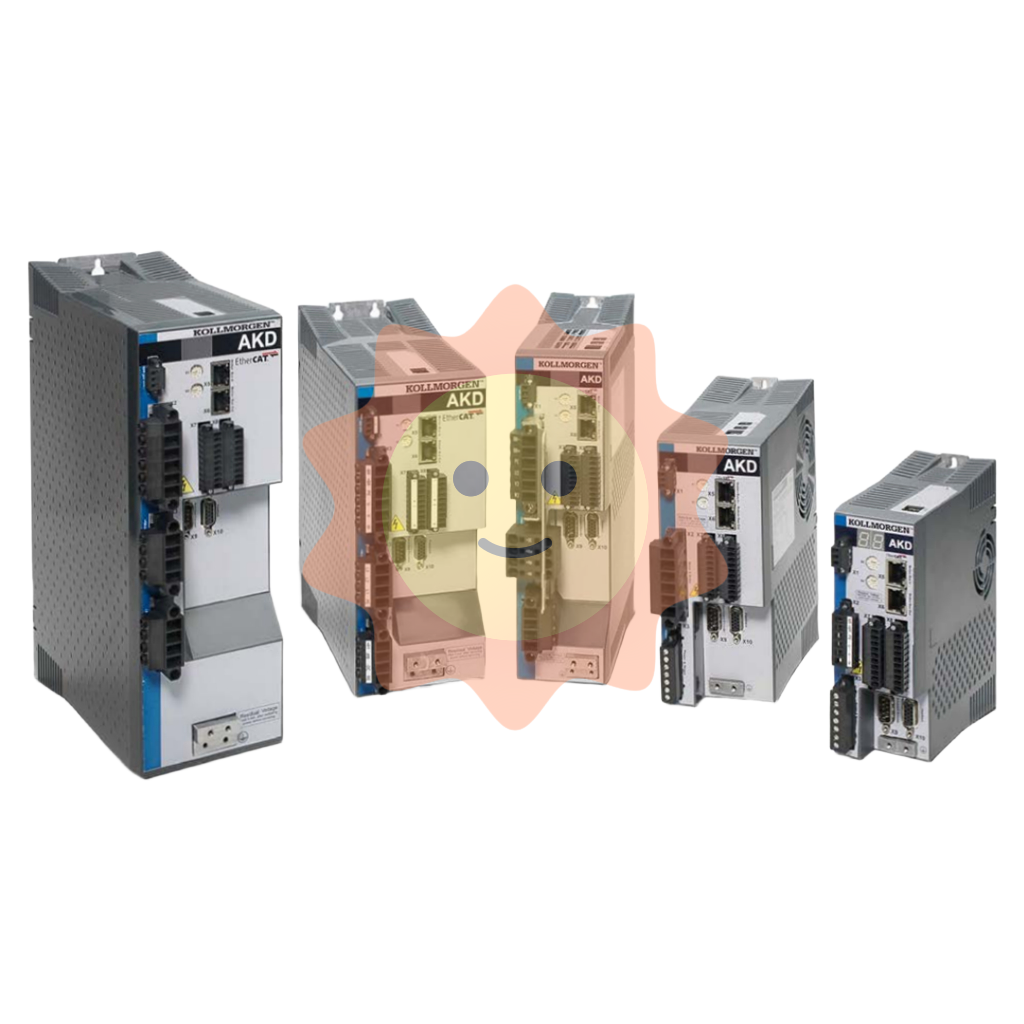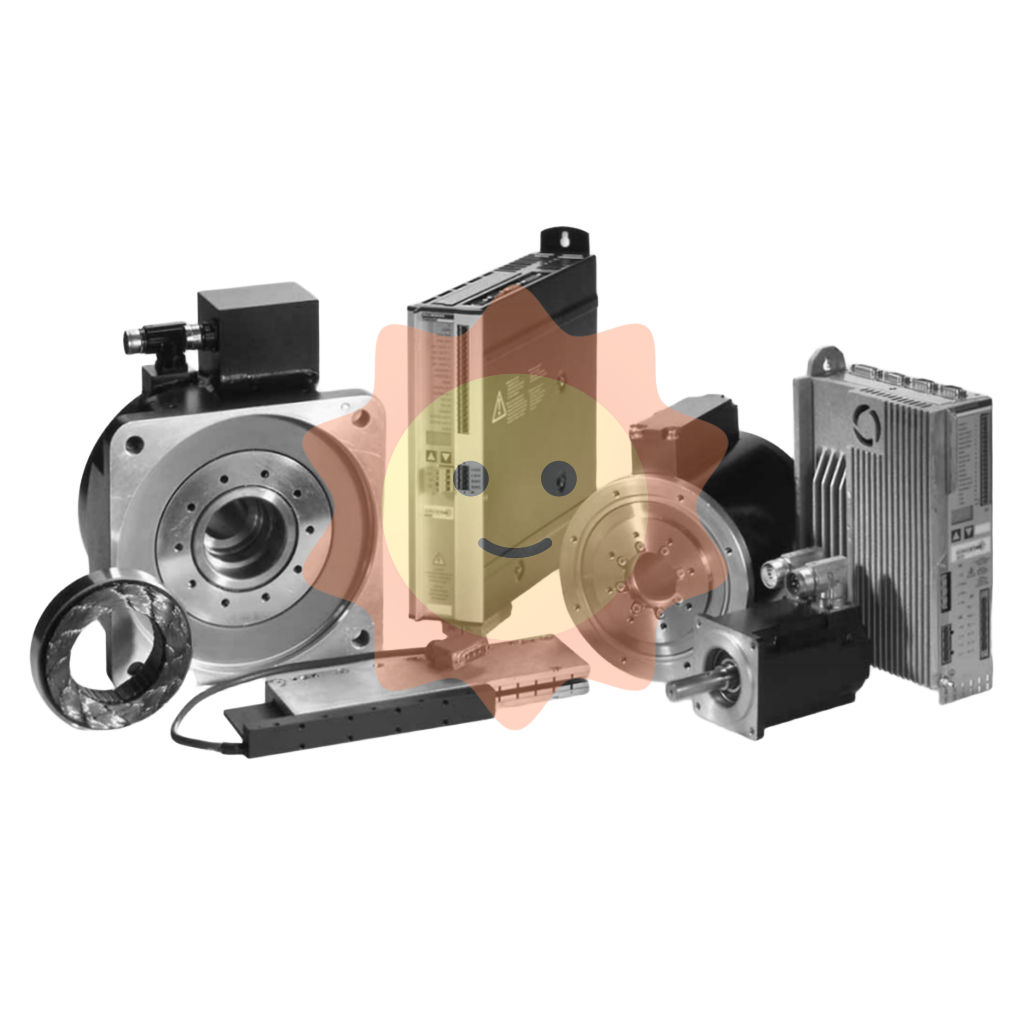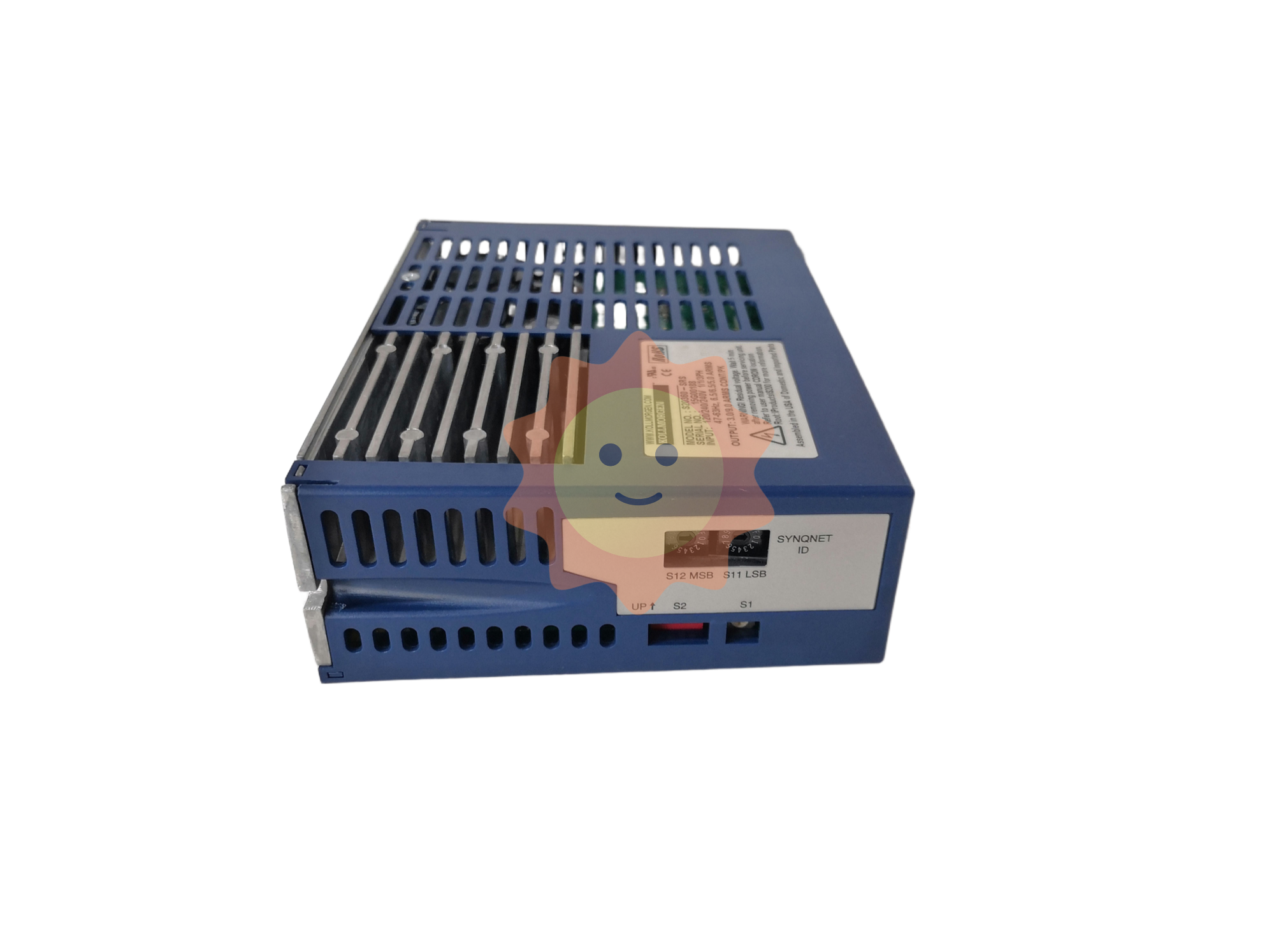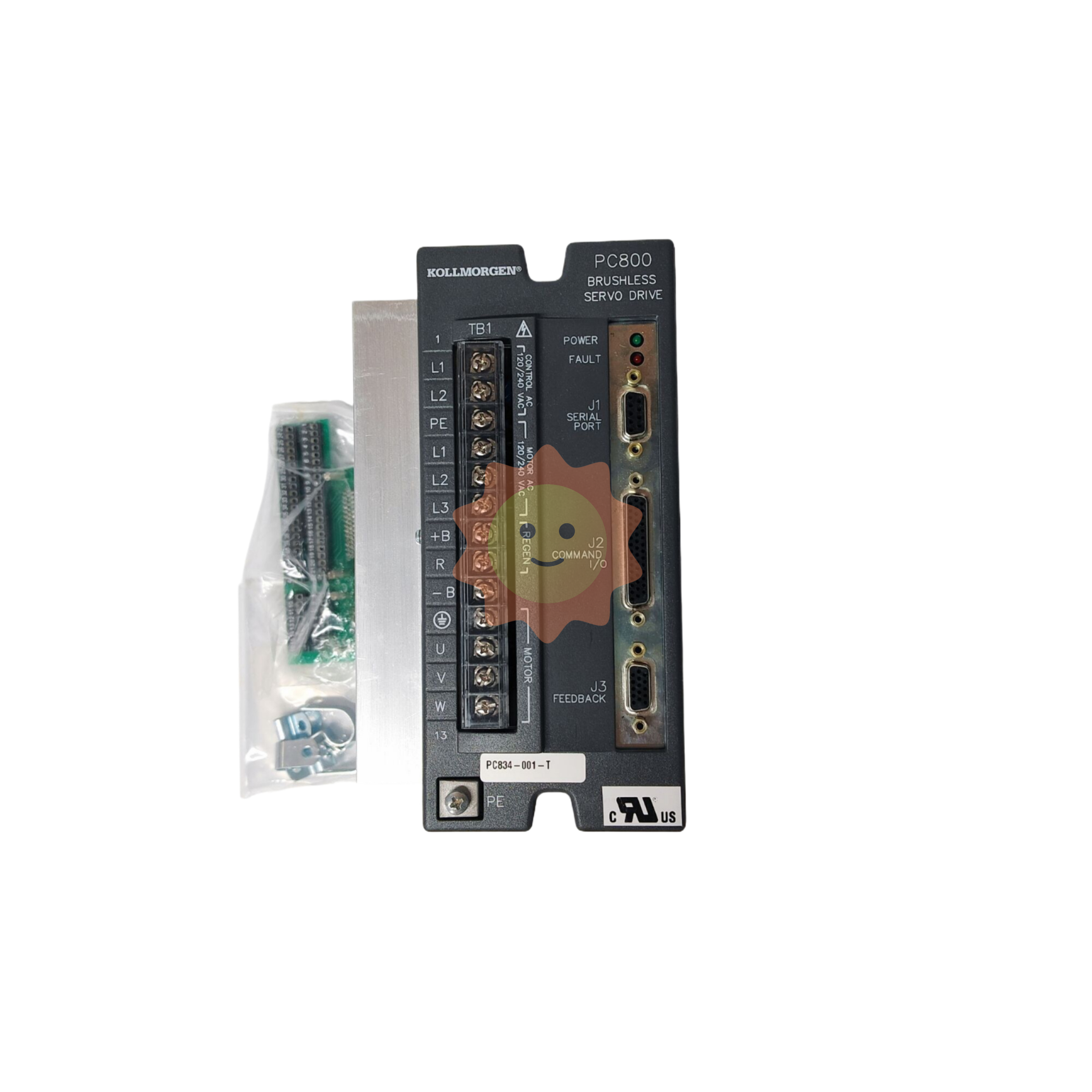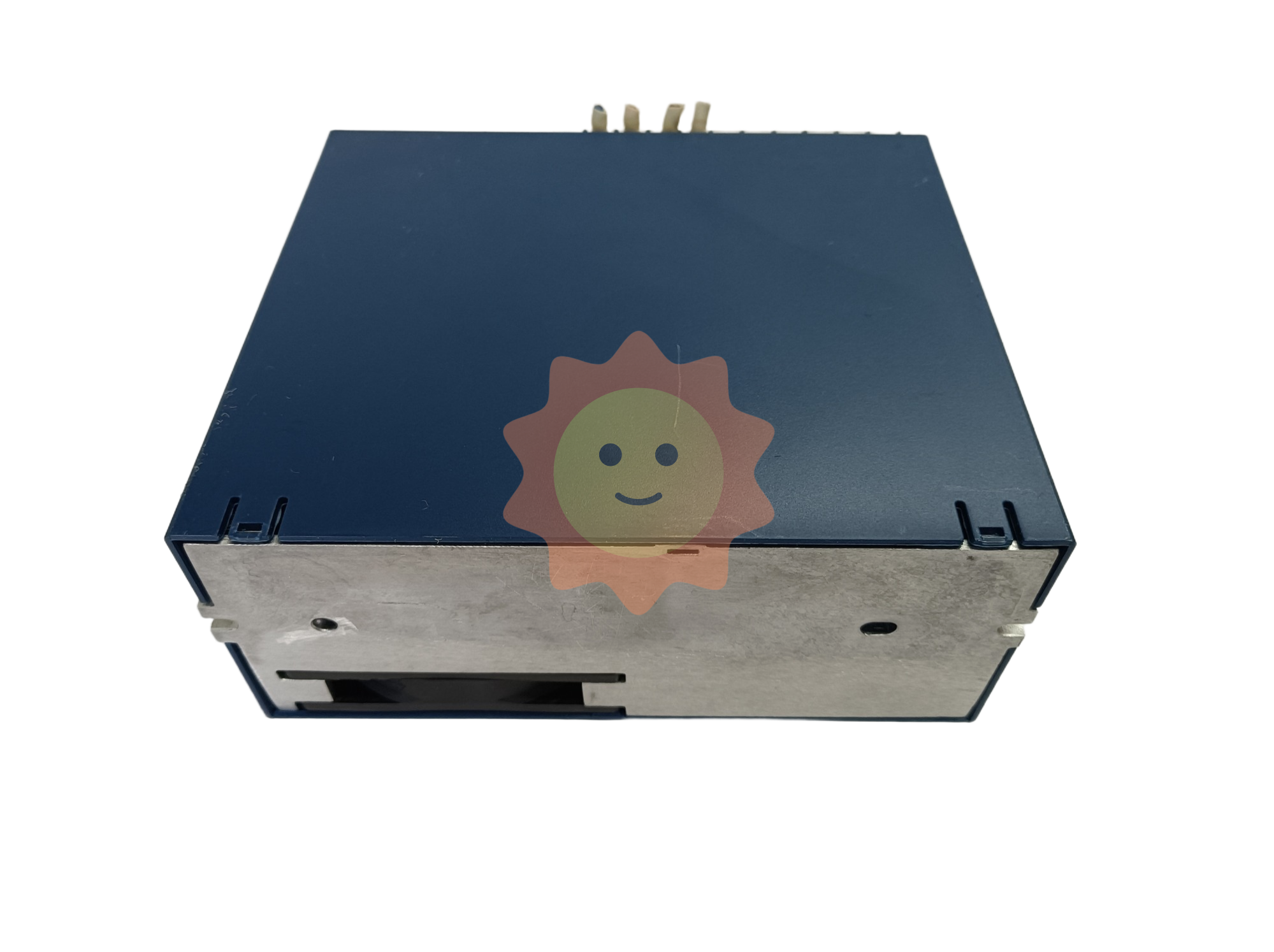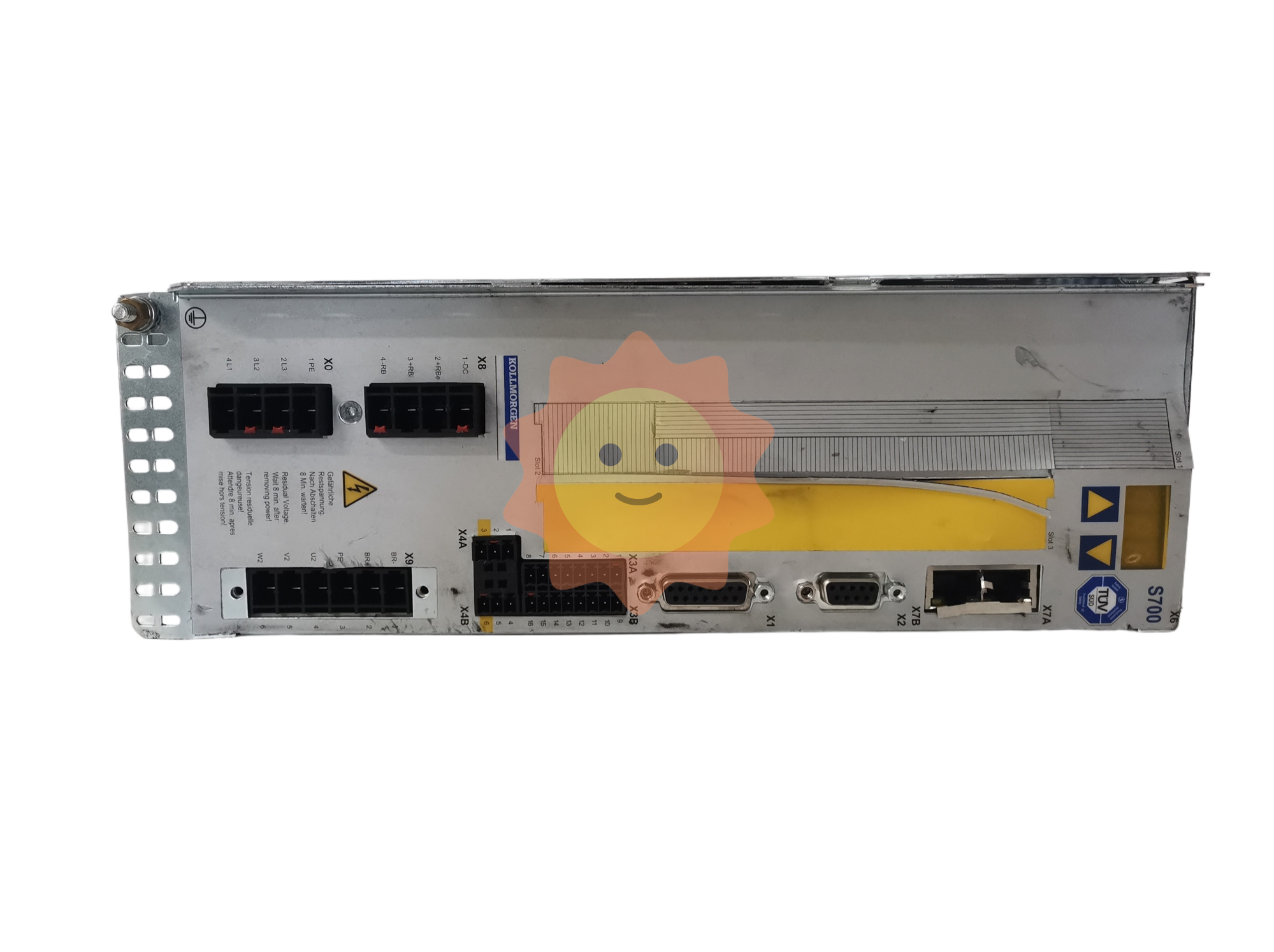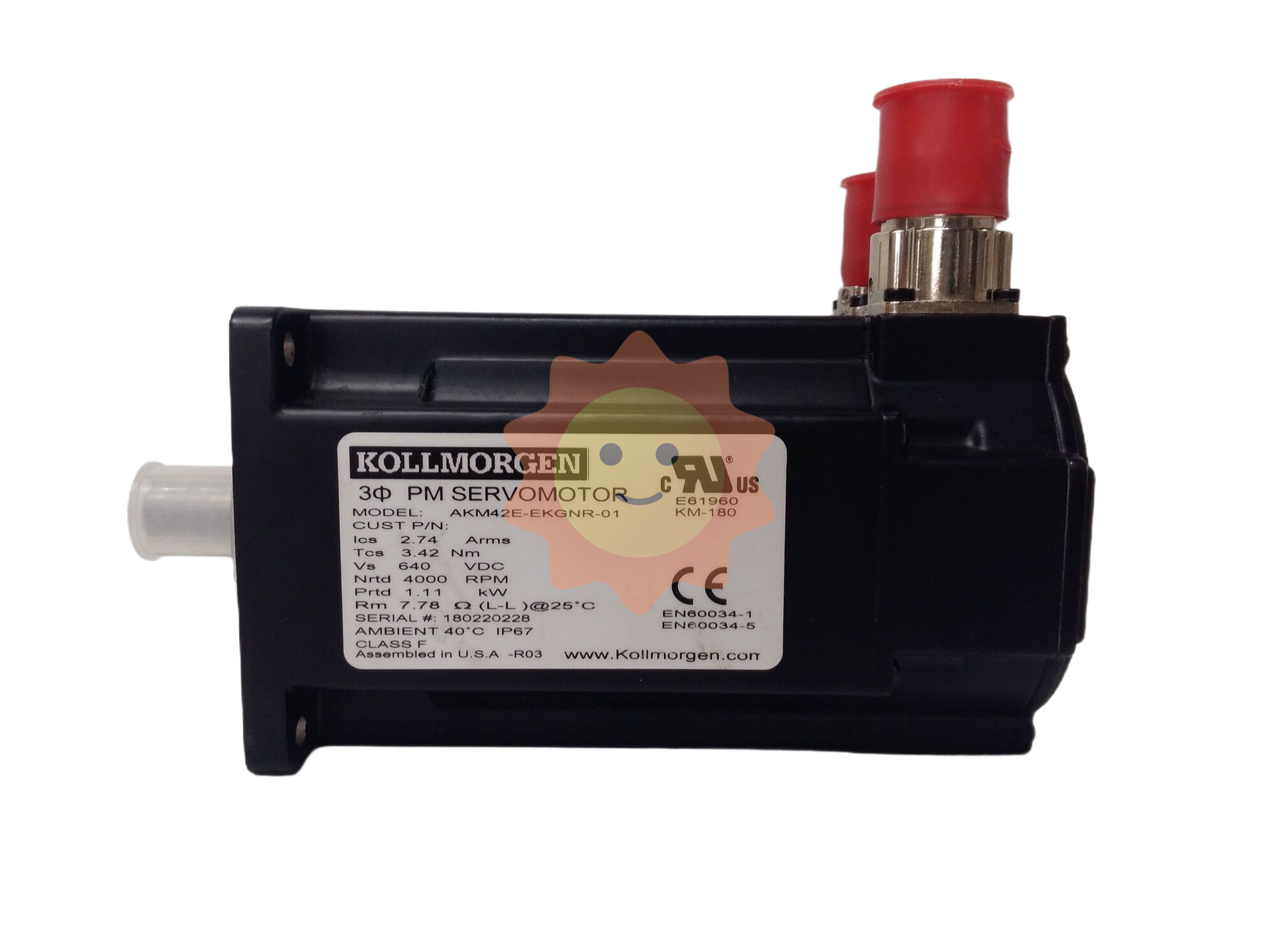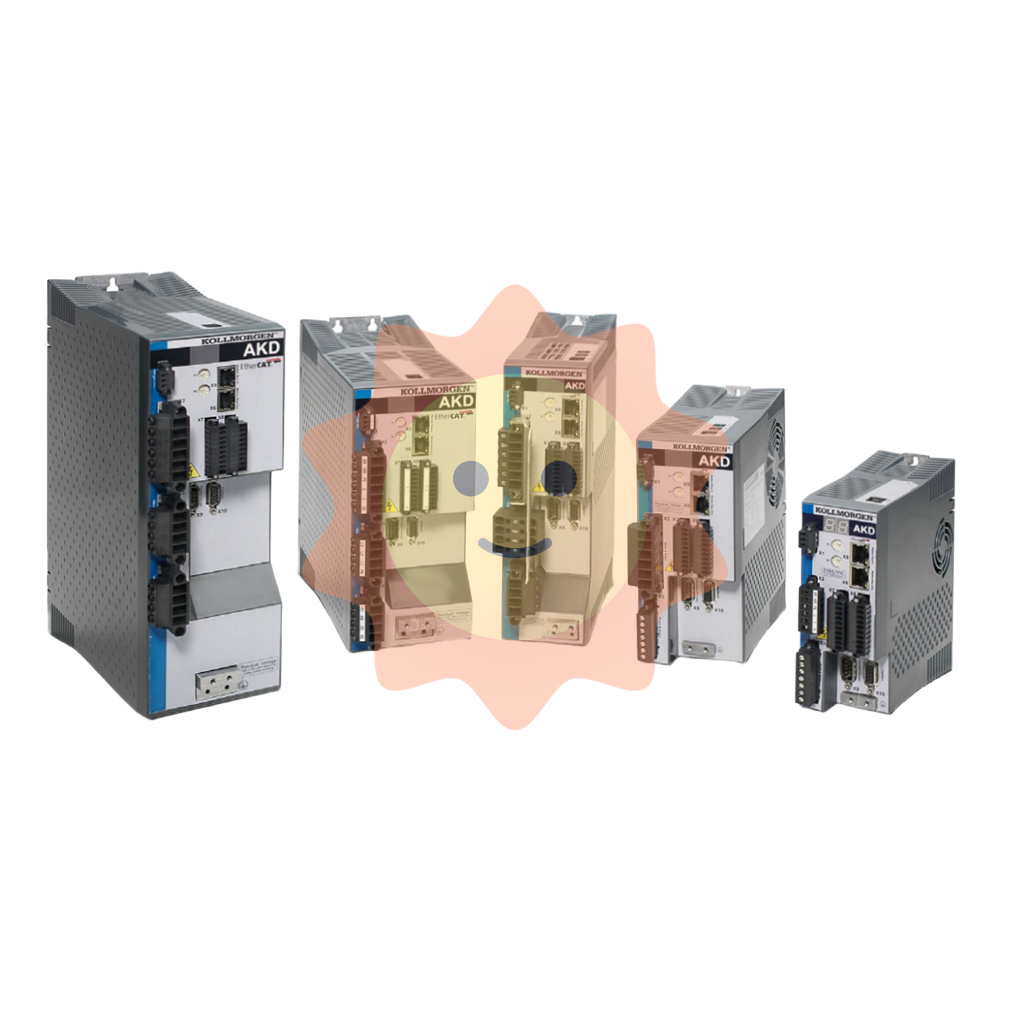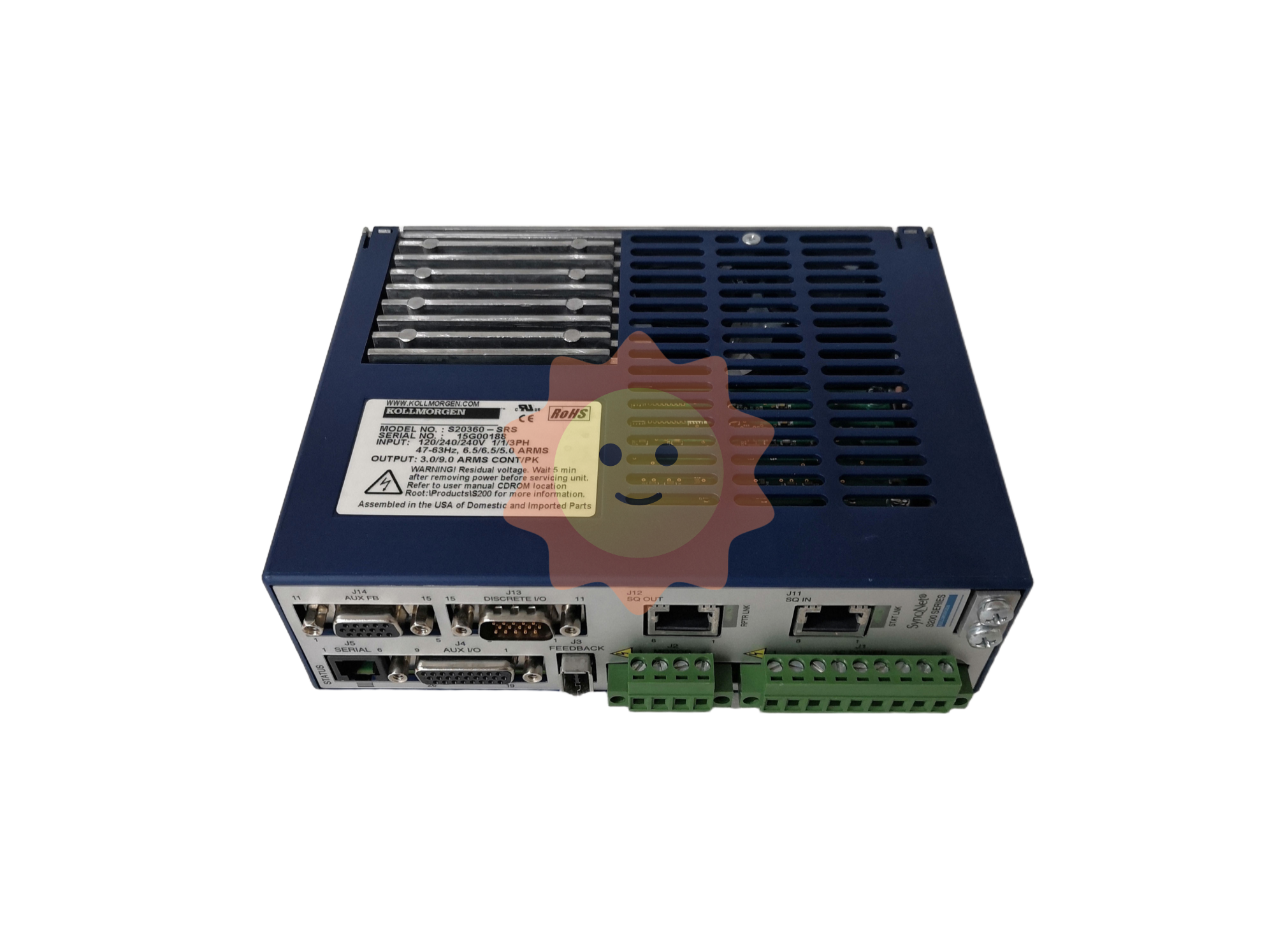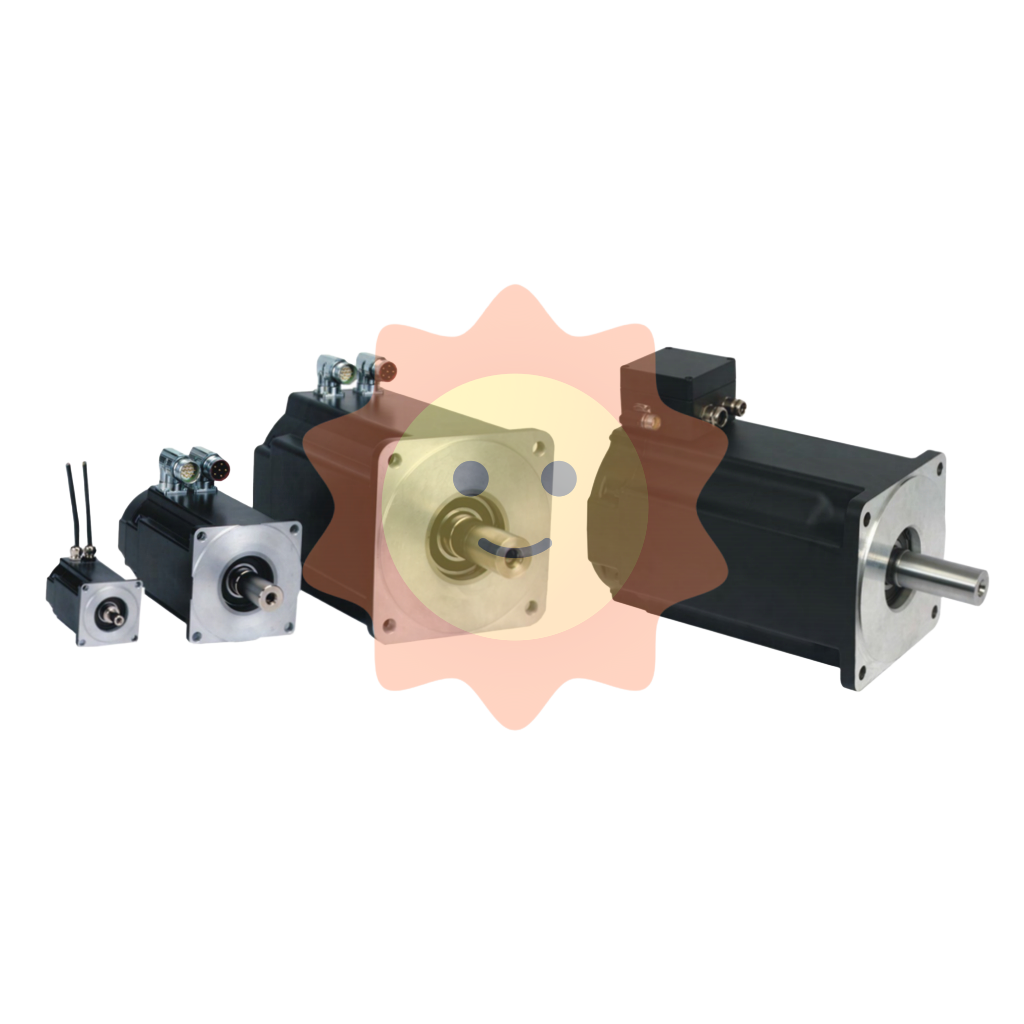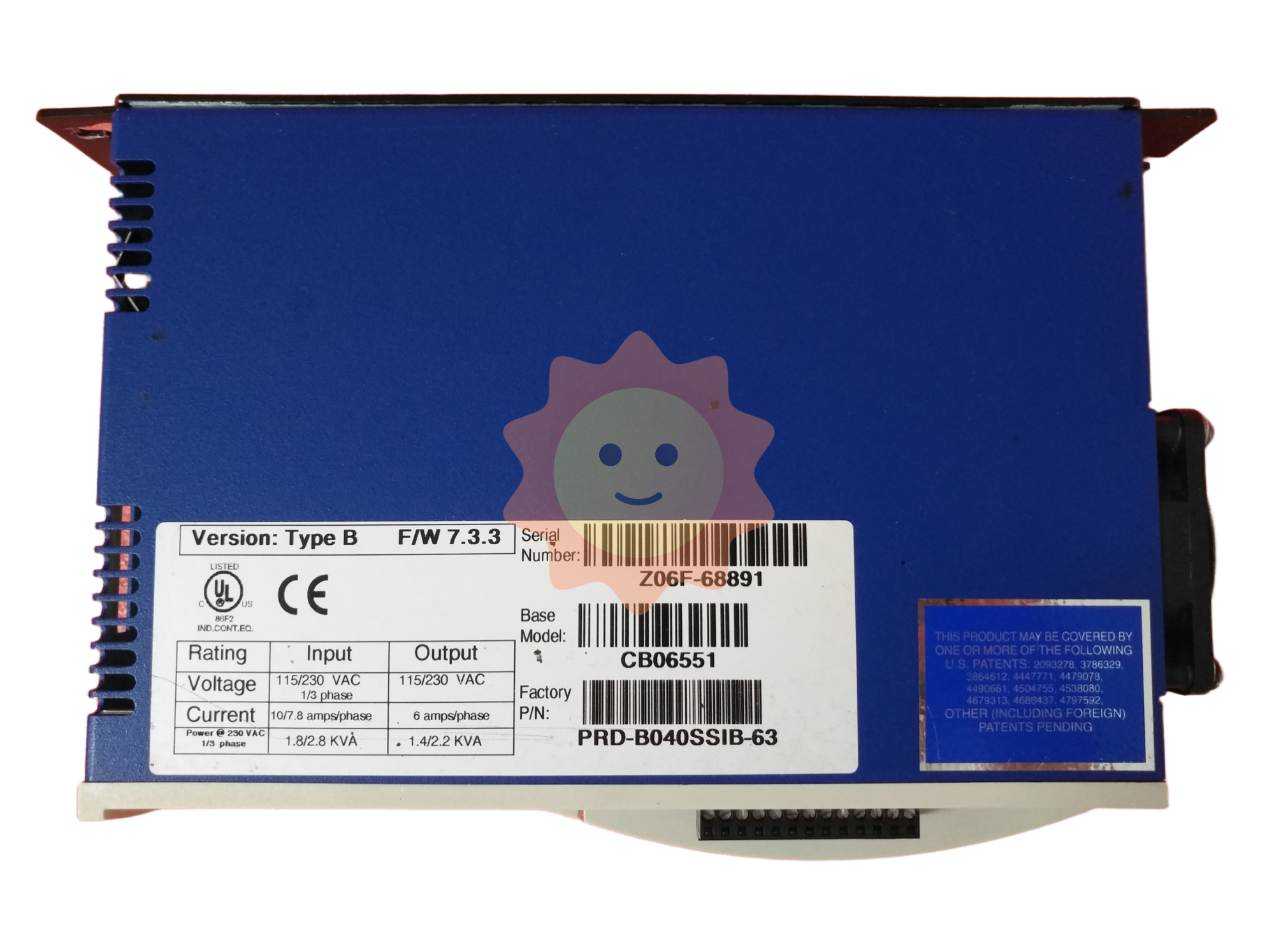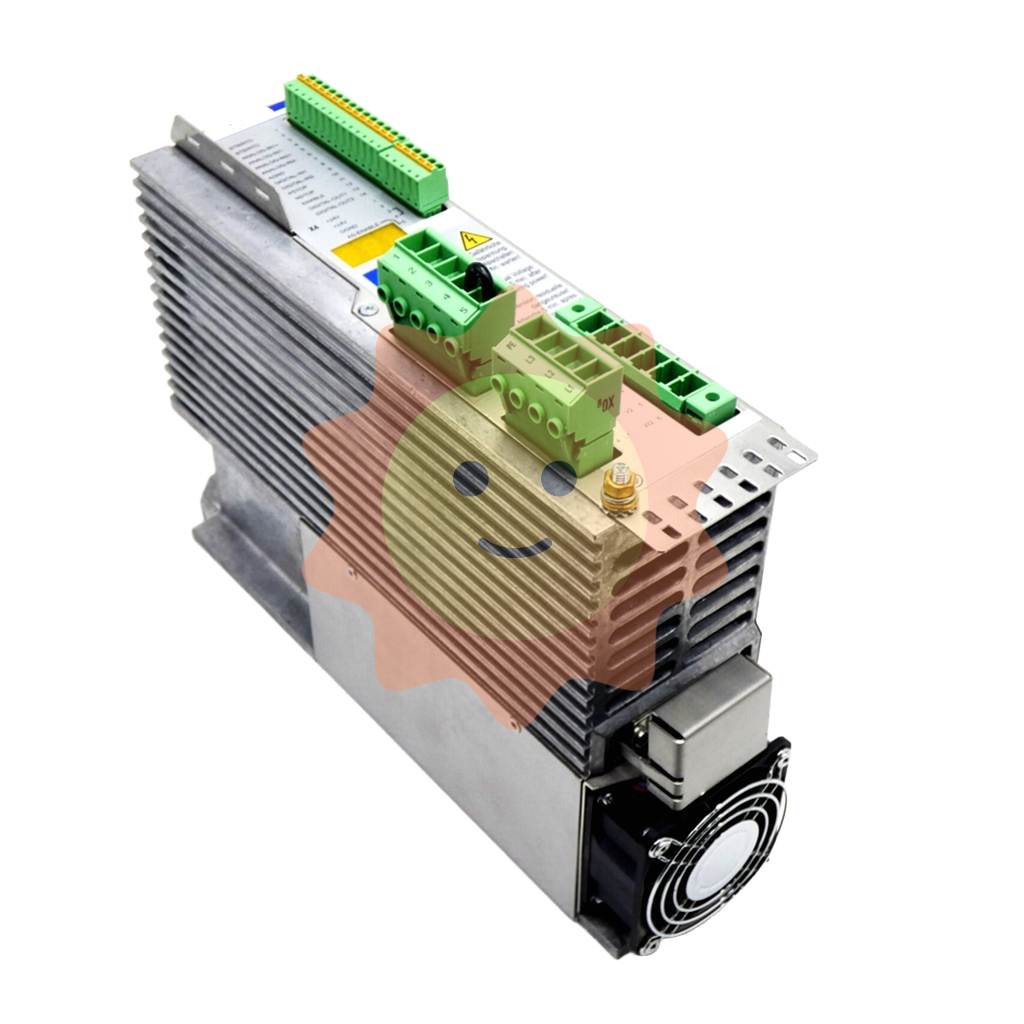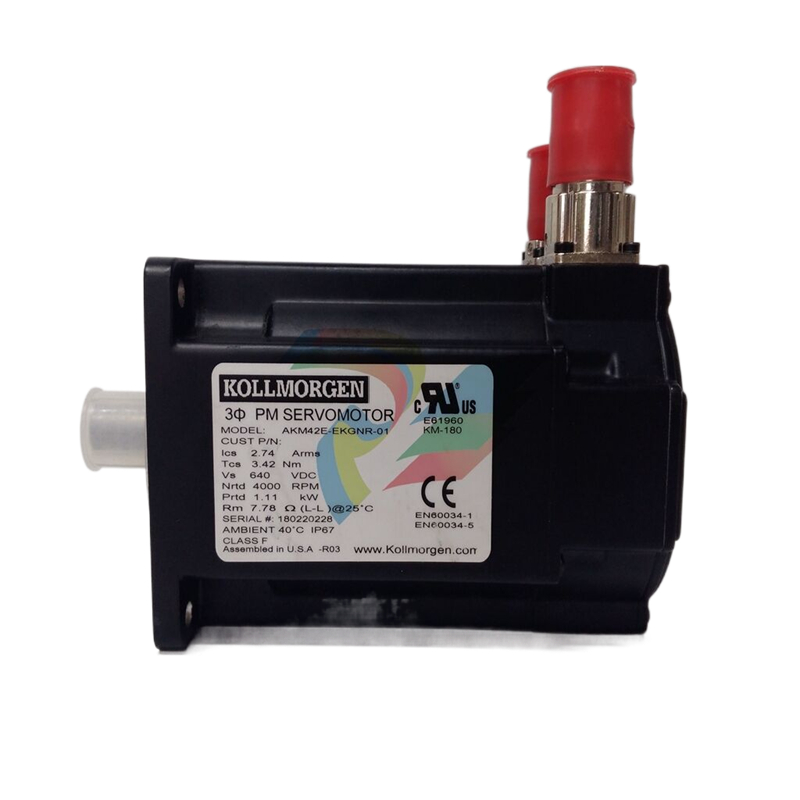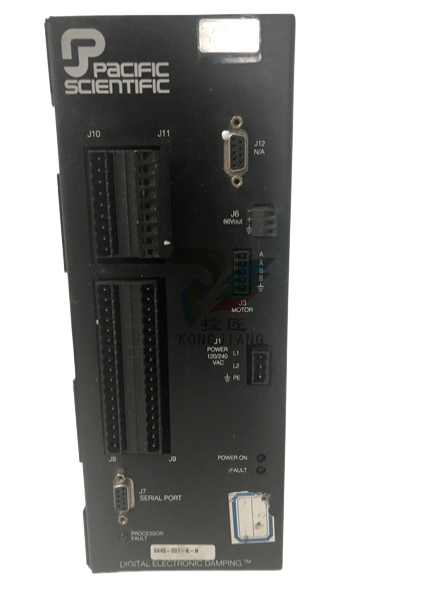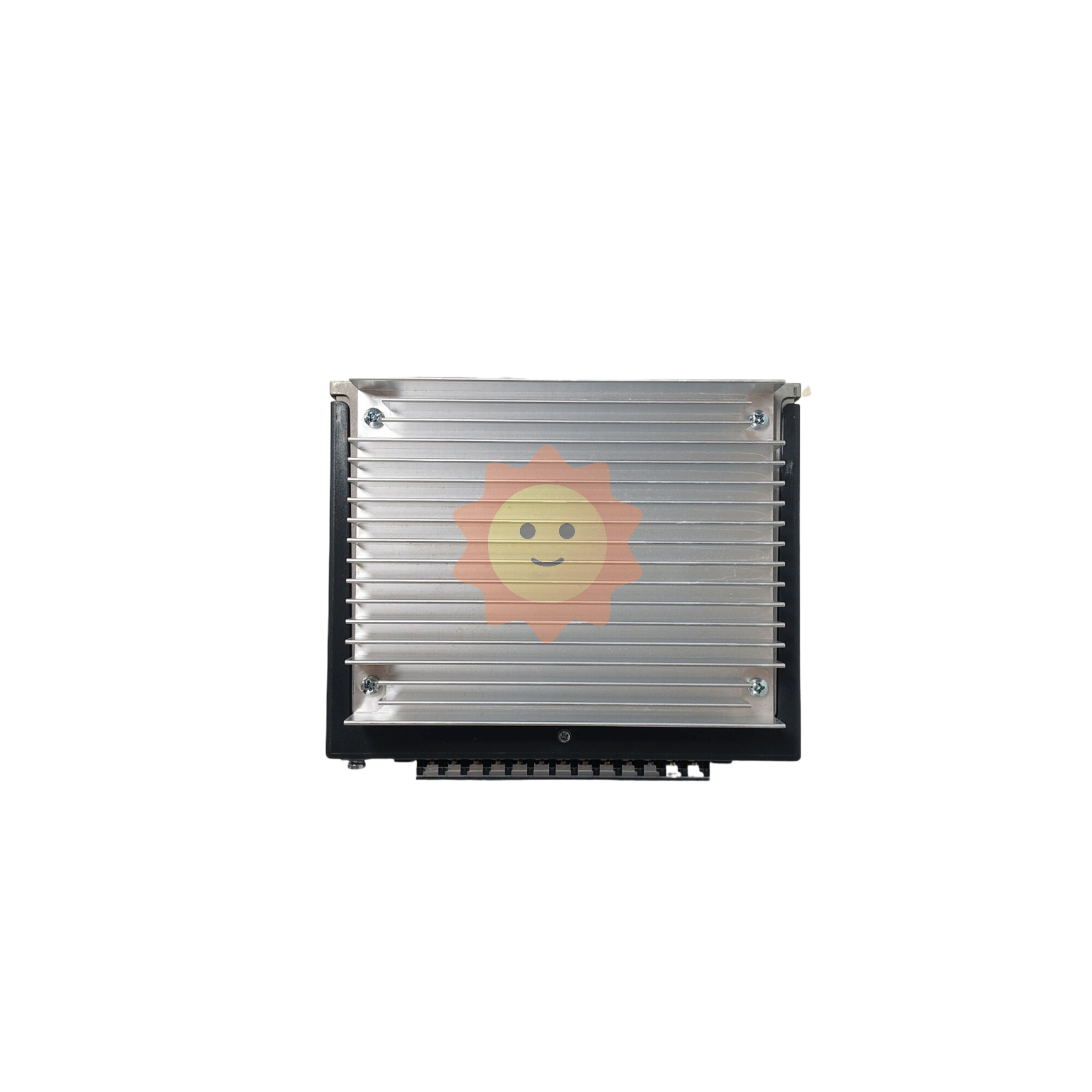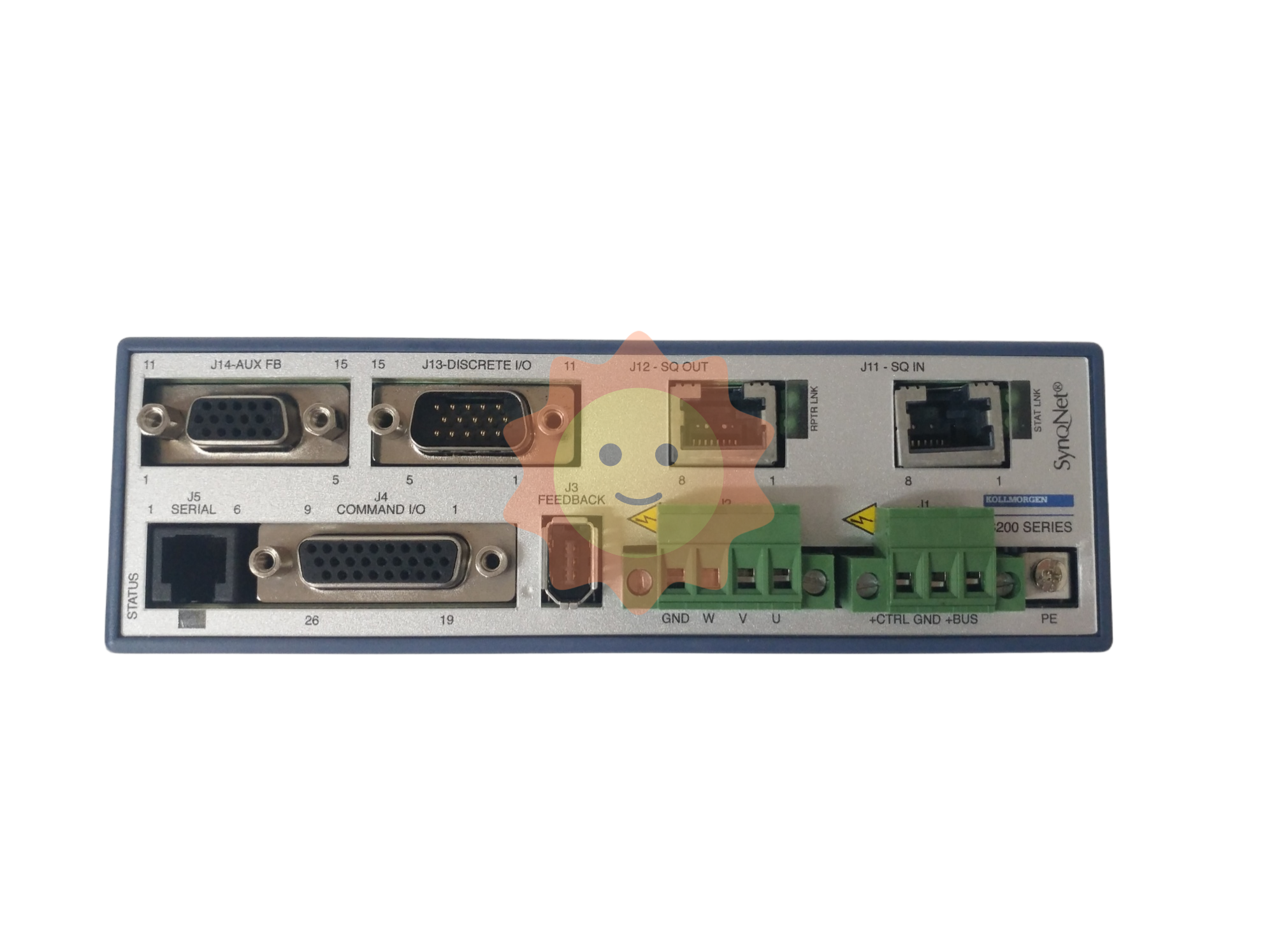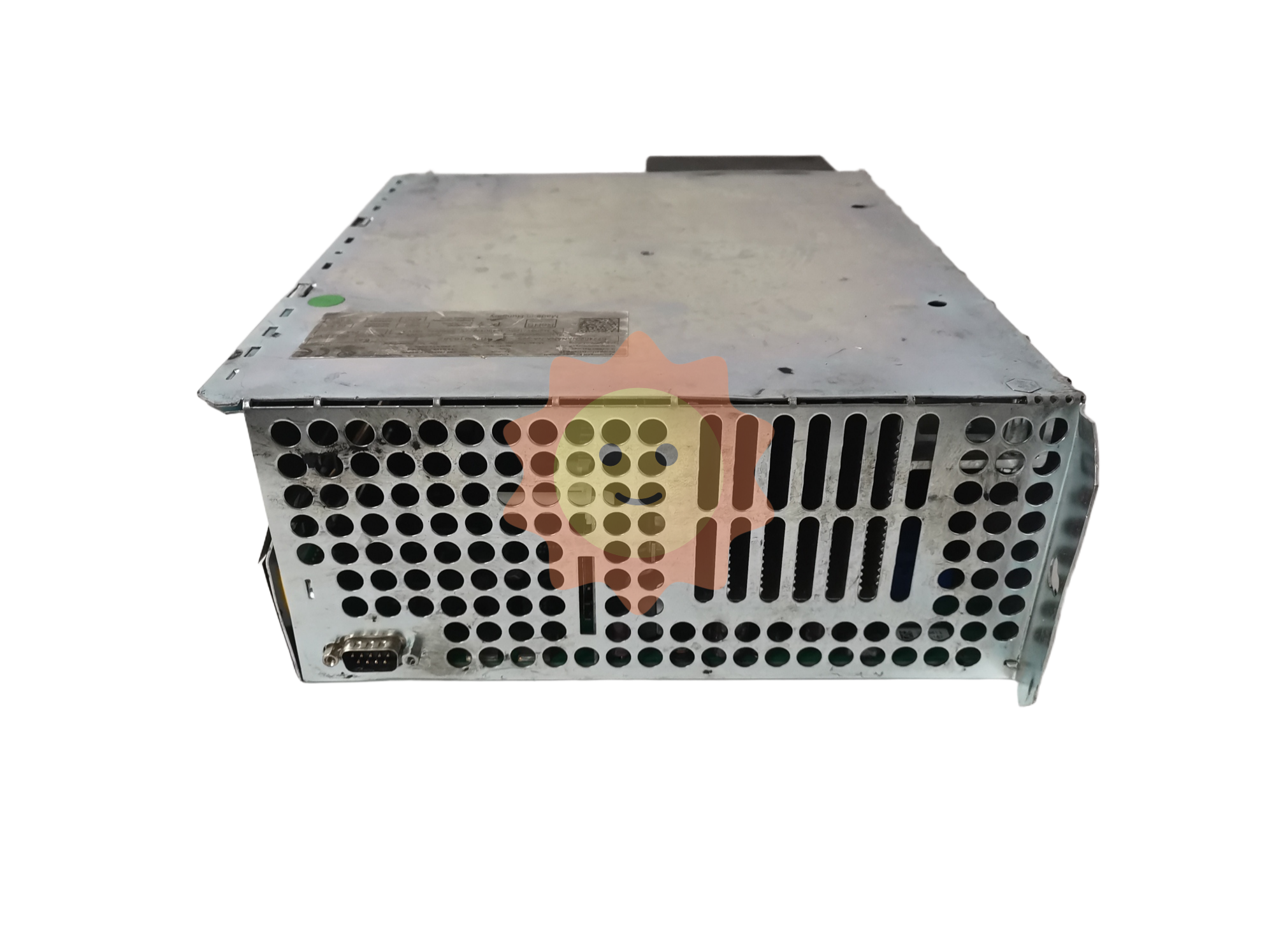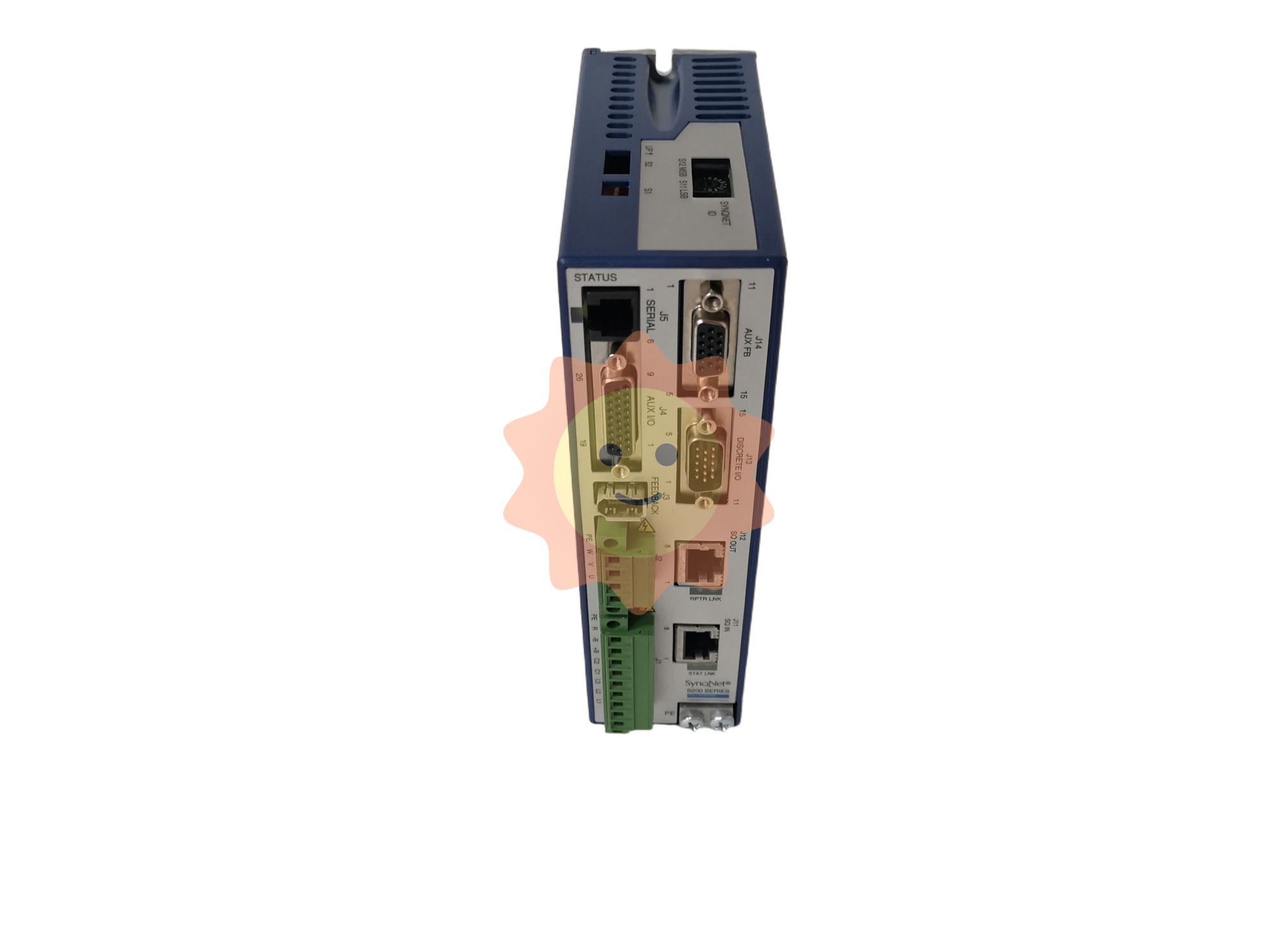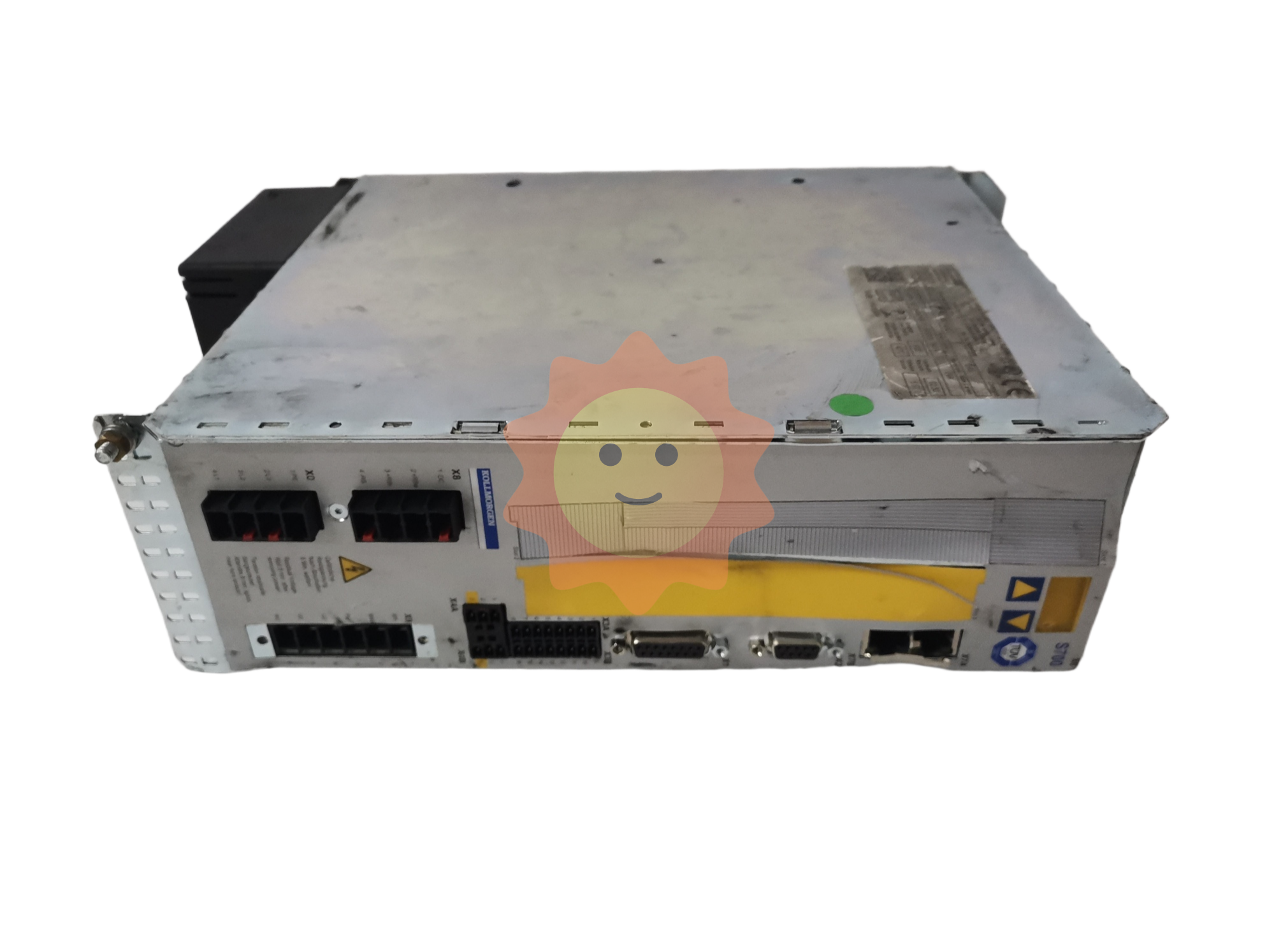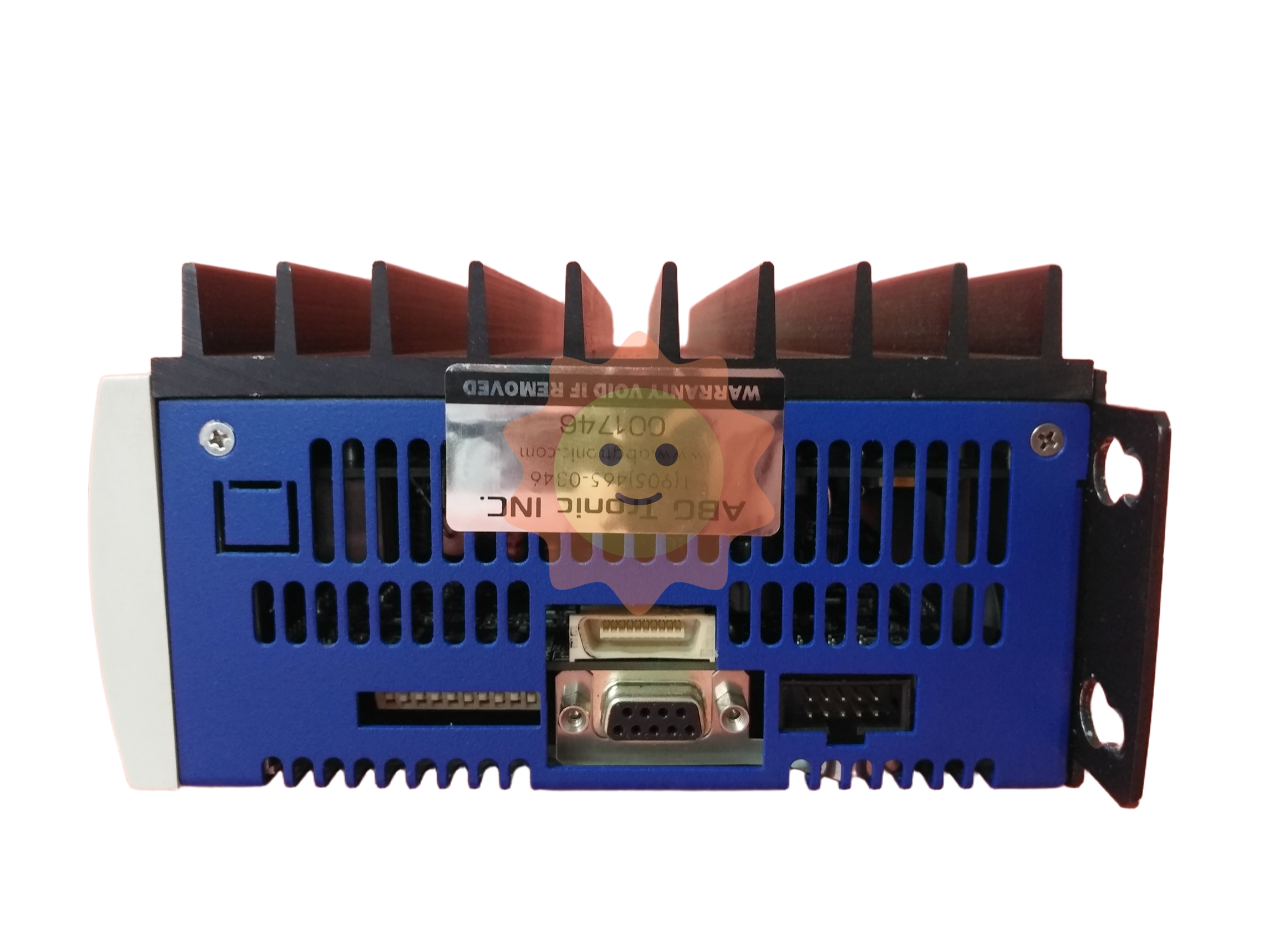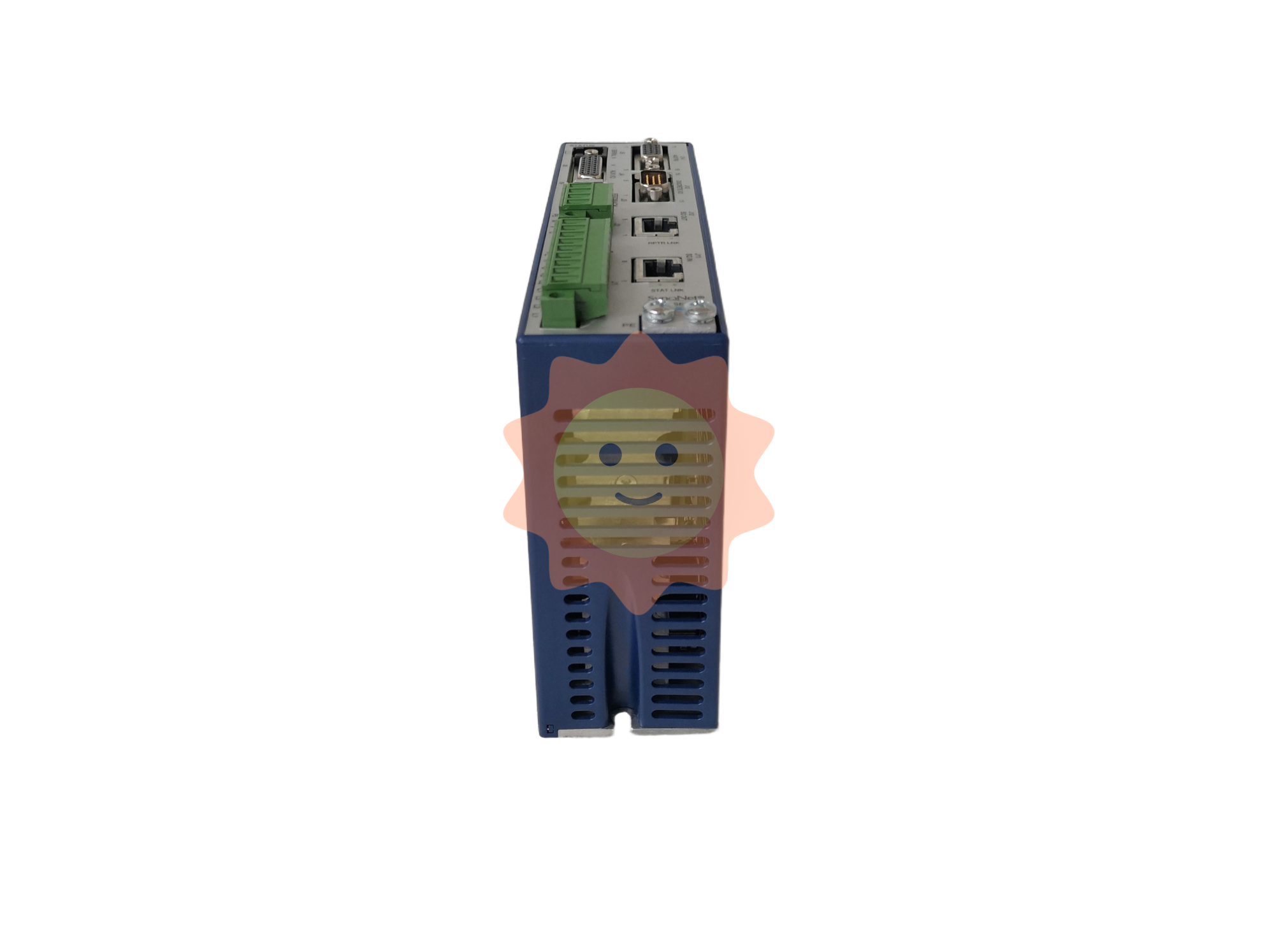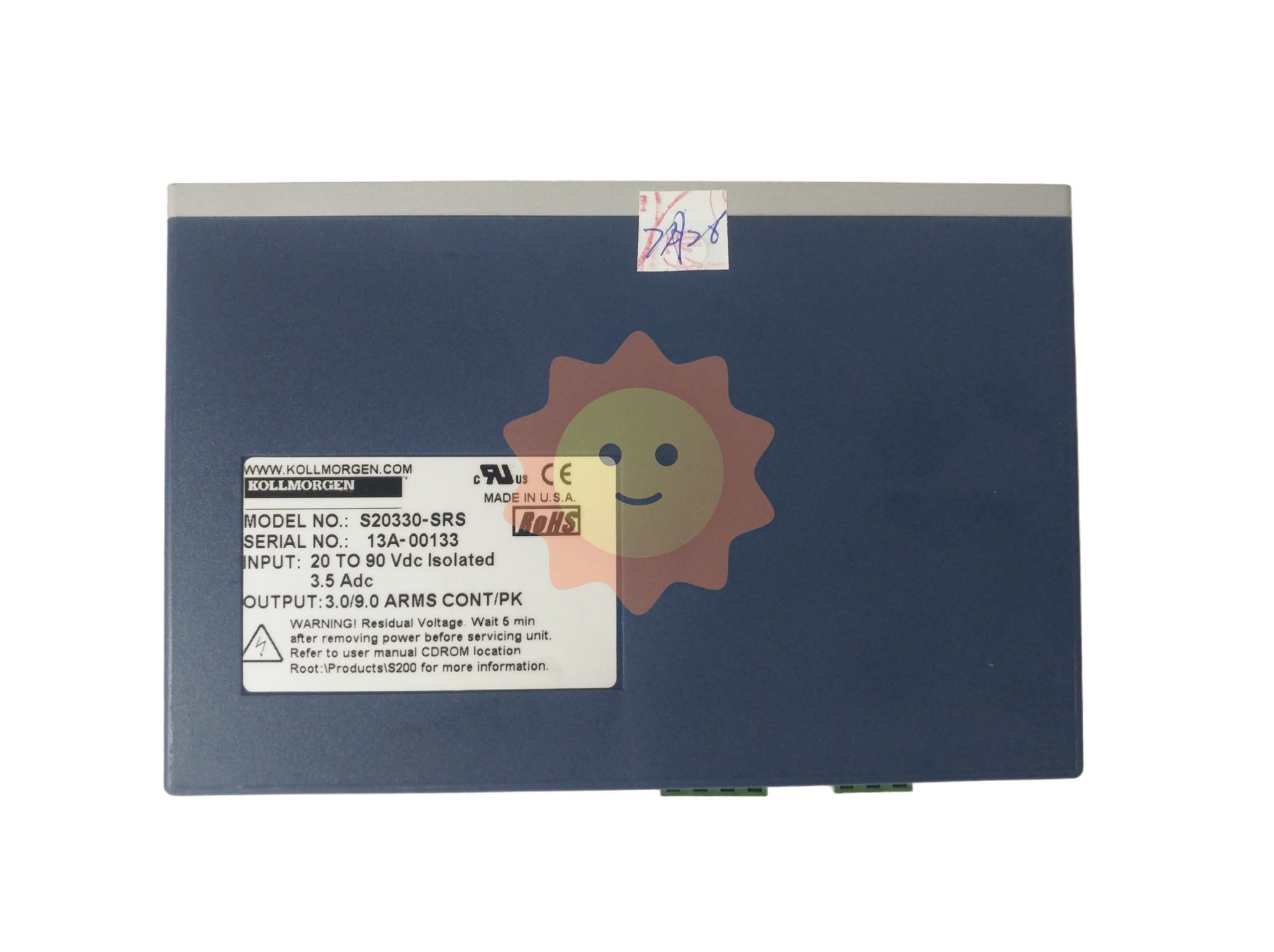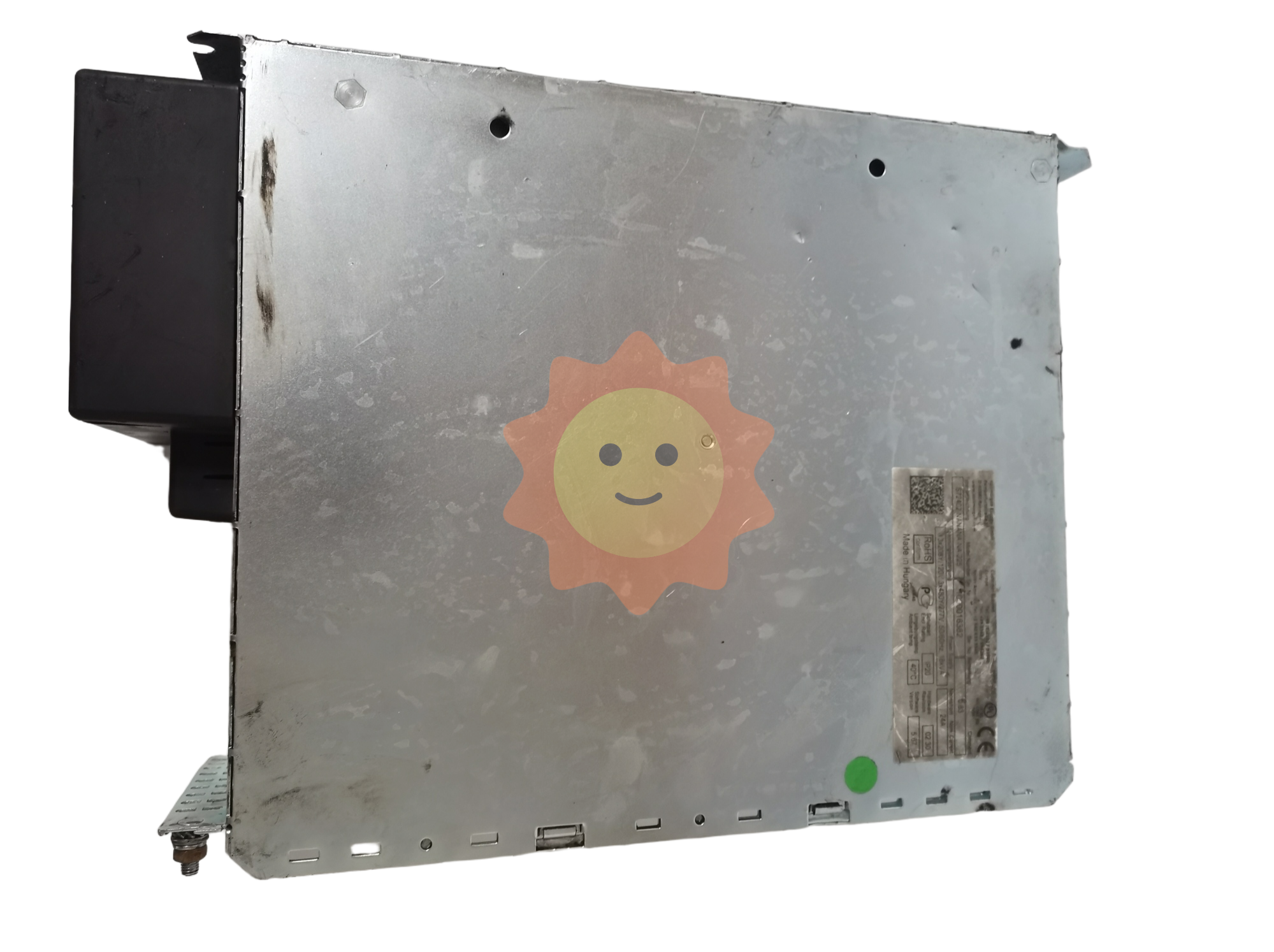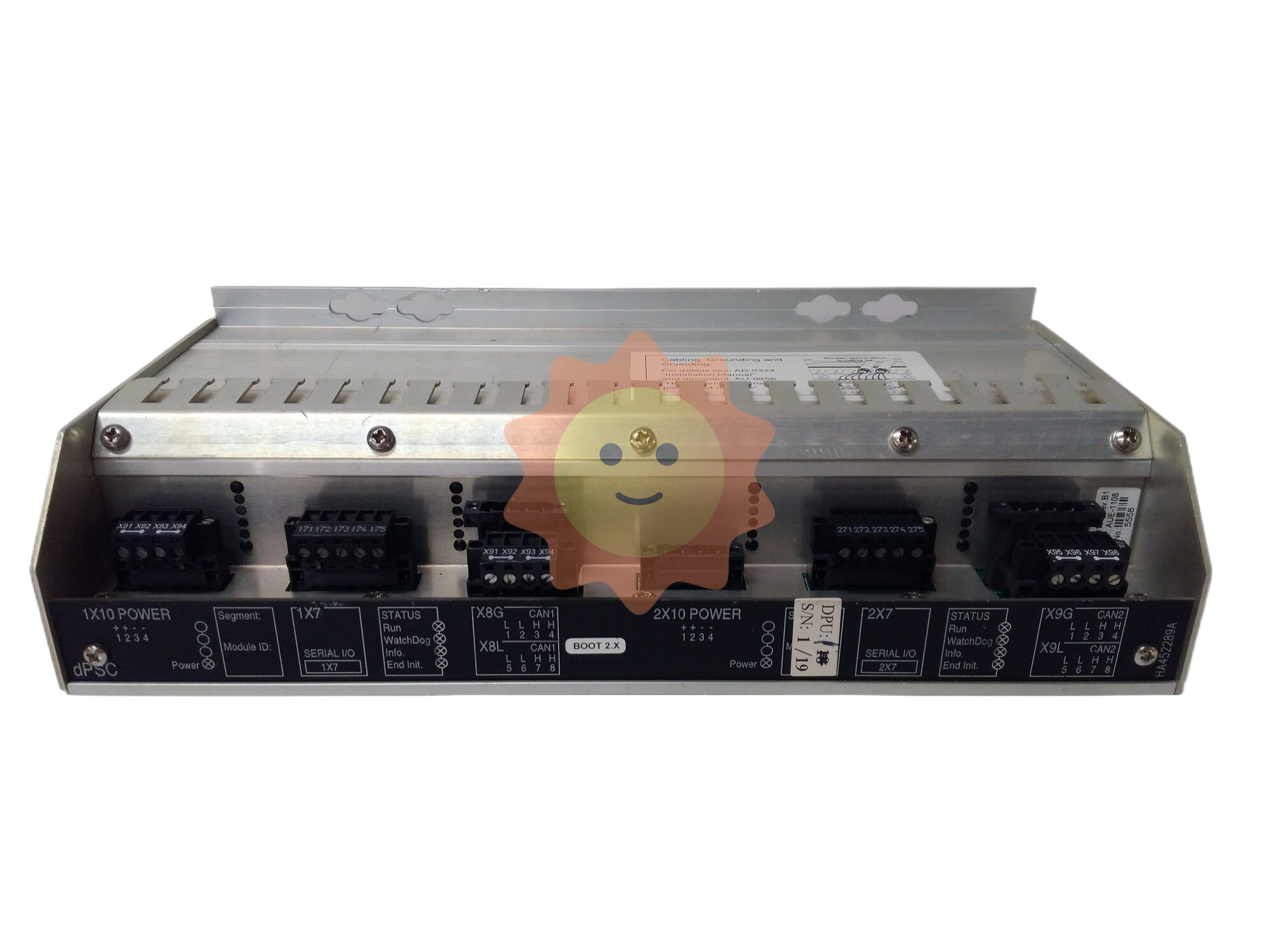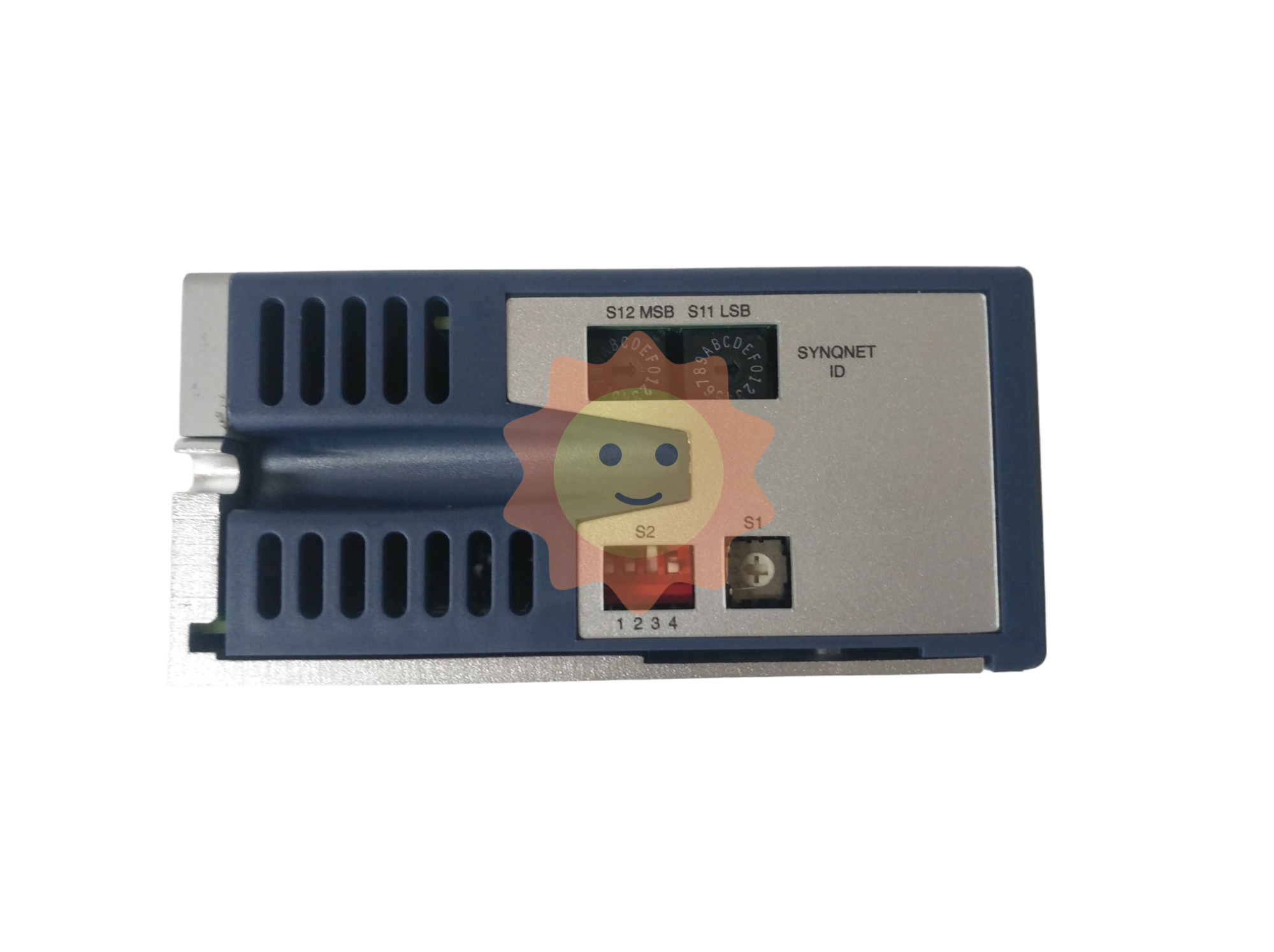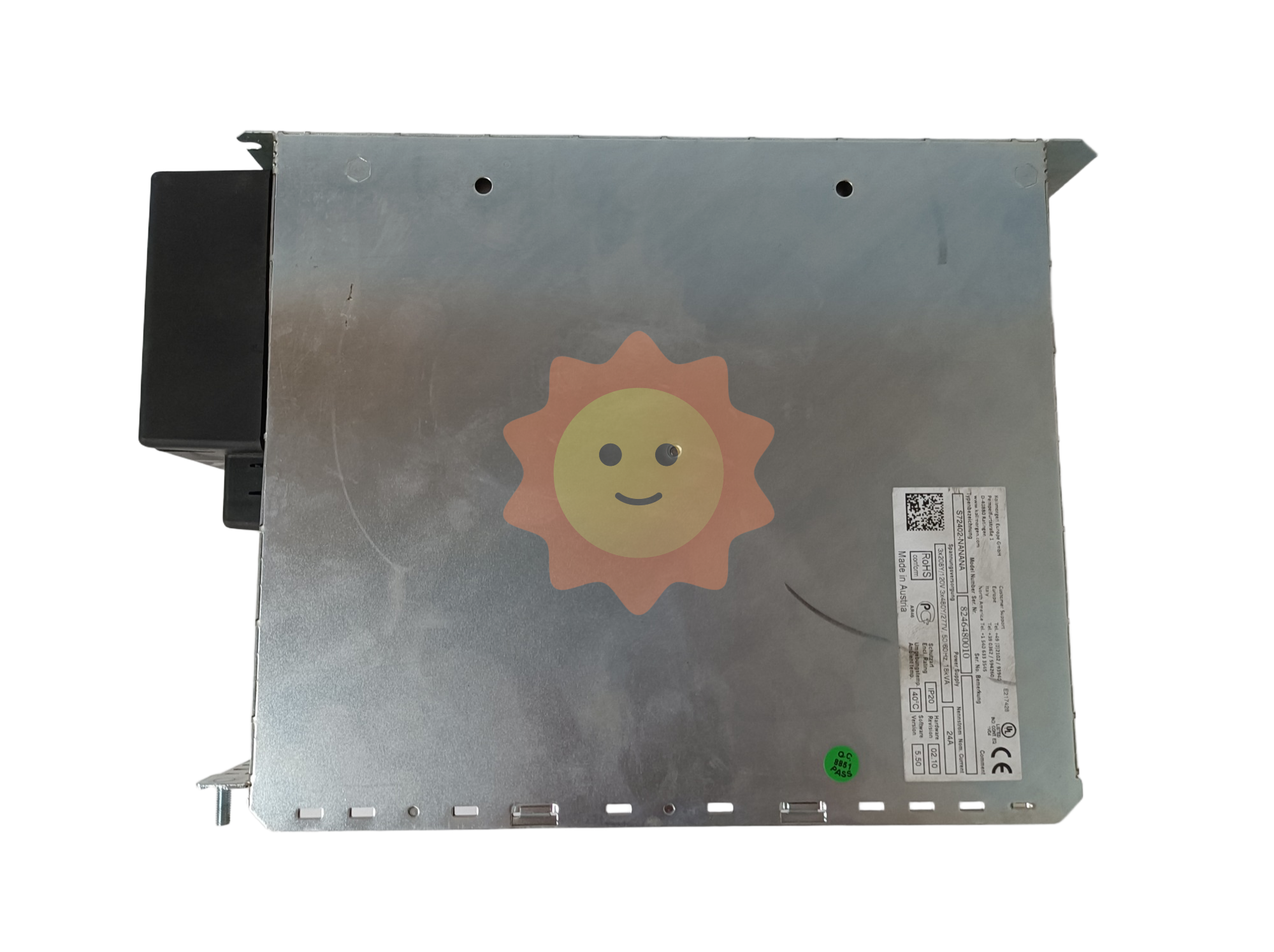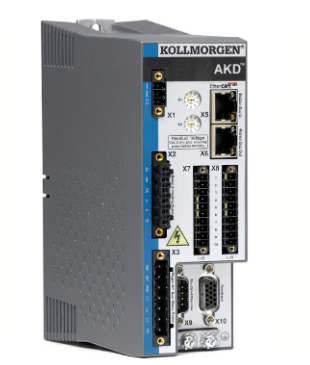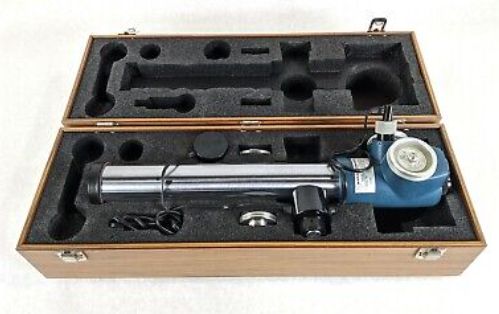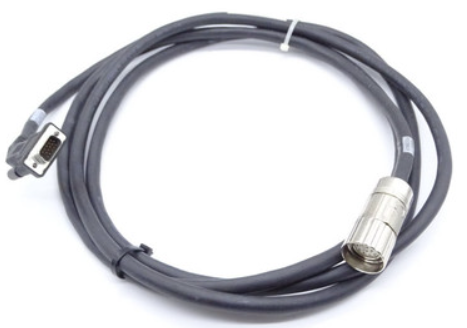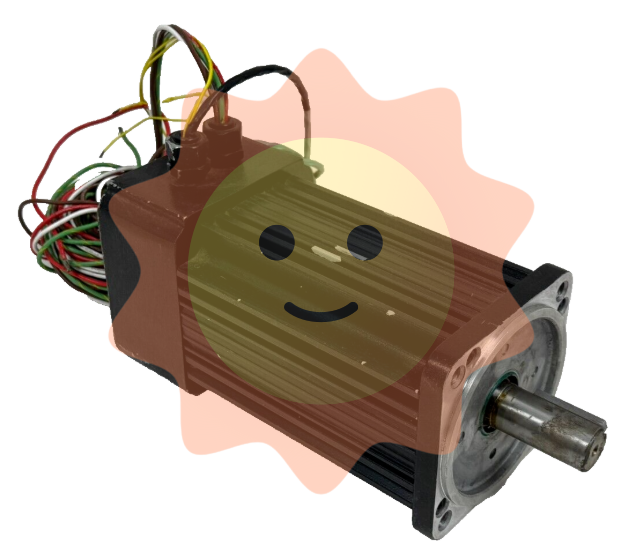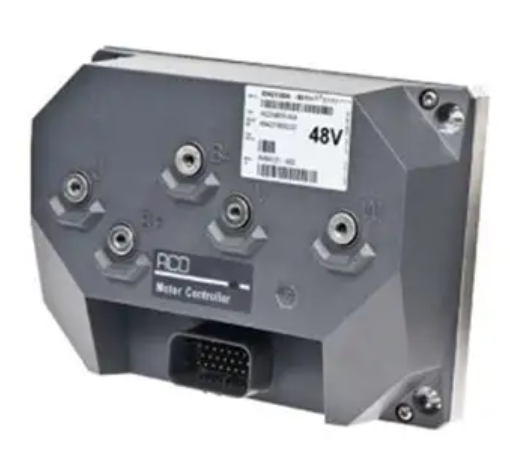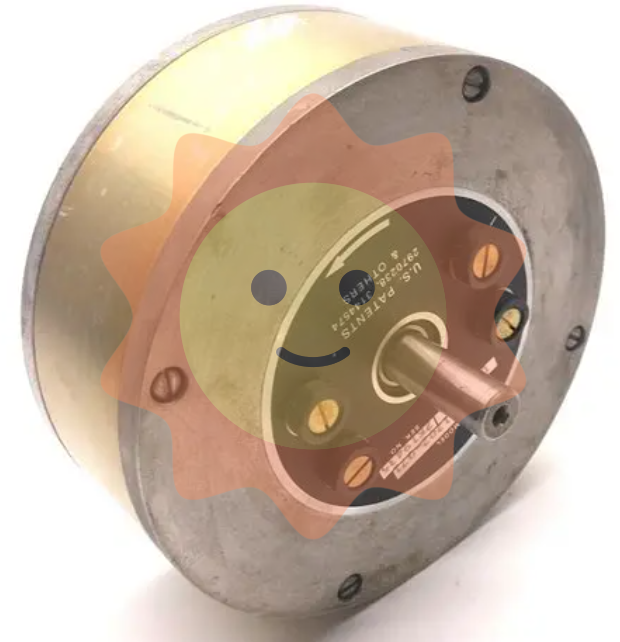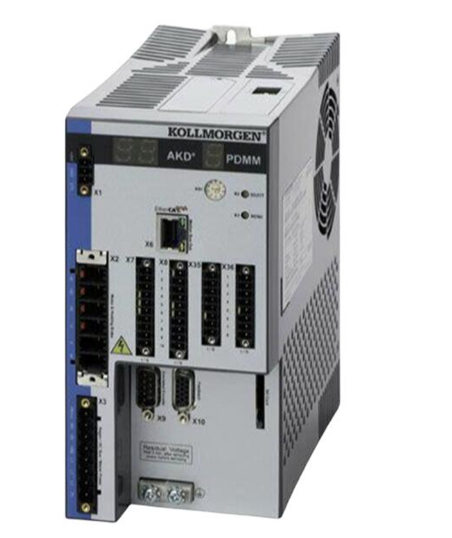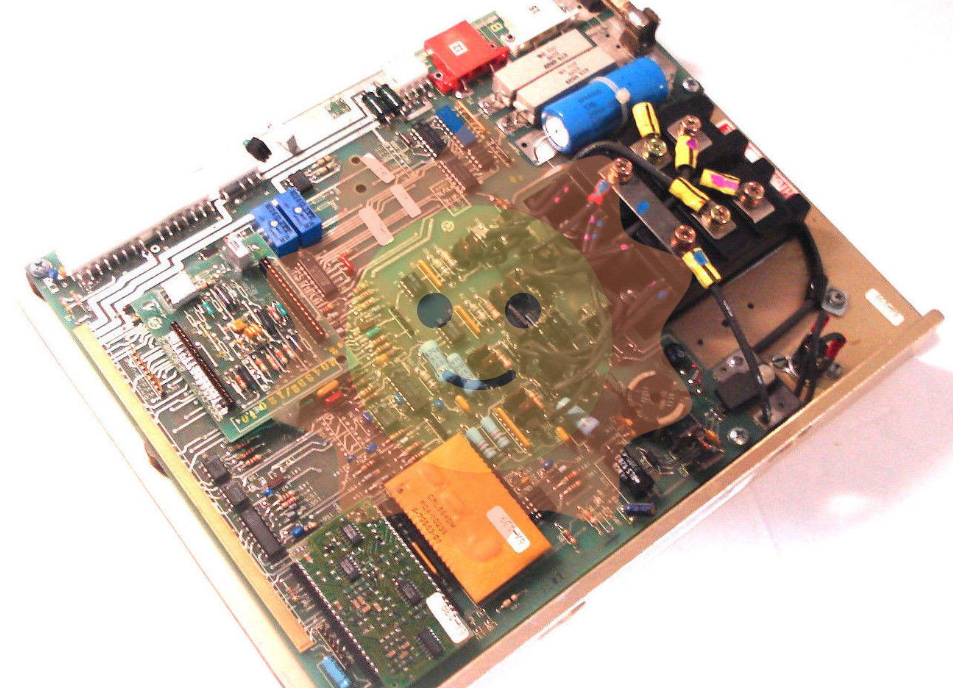What exactly is an "electric charge"?
The directional motion of the charge forms an electric current, as in a metal wire. The use of electric and magnetic fields, according to the need to control the movement of electrons (in solid, vacuum), so as to produce a variety of electronic instruments and components, such as a variety of electronic tubes, electron microscopes. This sentence does not seem to be clear, and the nature of the charge contradicts the above, since the charge is a property, then how can it move? The movement should be charged particles. Regardless of that definition, we're going to move on to what is an electric current?
So let's start with what is an electron? By definition:
electron: The first elementary particle discovered. With negative charge, the electricity is 1.602176634×10-19 coulombs, which is the smallest unit of electricity. The mass is 9.10956×10-31kg. It is usually represented by the symbol e.
The amount of charge carried by an electron, equal to -1.6*10^-19 coulombs, which is the smallest amount of charge carried in nature (above the scale of 10^-15m, except for quarks), and must be a multiple of this value.
It was discovered in 1897 by British physicist Joseph John Thompson while studying cathode rays. All atoms consist of a positively charged nucleus and a number of electrons moving around it.
After our understanding and understanding of the above content, we can ask a question, that is, what is current?

The following definition:
[Current] : Scientifically, the amount of electricity passing through any cross section of the conductor in unit time is called current intensity, referred to as current, the current symbol is I, the unit is amperes (A), referred to as "ampere" (scientific definition).
Electrical regulation: the direction of directional flow of positive charge is the direction of current. In engineering, the directional flow direction of positive charge is the current direction, and the size of the current is expressed by the charge Q flowing through the cross section of the conductor in a unit time, which is called the current intensity (electrical definition). Now the theory is a little confused, is it an electric charge or a charged particle?
So let's call "charged particles" electric charges. In addition, according to the directivity of the electric field force, the charge can be divided into positive and negative charges, and the electron has negative charges. Positive charge: A glass rod rubbed with silk is prescribed to have a positive charge. Negative charge: It is prescribed that rubber rods rubbed with fur carry a negative charge. So we can continue to develop our theory.
So can we see the current as it was? I don't think you can see current from the definition of current. Why? Because the definition of current says that current is current intensity, represents strength, is a degree and state, so it can not be seen, but it is really there.
Have you ever wondered how electricity is formed in a conductor, like copper wire? Let's explain. The definition is as follows: The free charge in the conductor under the action of the electric field force to do a regular directional motion to form a current. But that doesn't make it clear, what is a free charge? What is regular orienteering?
[Free charge] : The free charge in a metal conductor is a free electron, and the positive and negative ions in an aqueous solution of an acid, a base, and a salt (let's not talk about electrochemistry first, the college entrance electrochemical body is actually very simple). What is a free electron?
free electron: A free electron, or delocalized electron, in chemistry refers to an electron in a molecule that is not associated with a particular atom or covalent bond, mainly a free charge in a metal conductor. See, this is related to covalent bonds and chemical bonds, and as we dig deeper and deeper into the fundamentals of this electron, we'll see this free electron again in the Fundamentals of Analog Electronics. But in this sentence, it still doesn't make clear what is the relationship between free electrons and free charges?
But we just need to understand that a free electron is an electron, an electron that is not bound to an atom. Such electrons can move in matter or in a vacuum when subjected to an external electric or magnetic field. For example, atoms combine into metal crystals mainly by the valence electrons in the outer layer of the atom and some of the inner electrons. Under normal circumstances, some valence electrons can break away from the atom and move freely in the crystal lattice. This electron is called a free electron. We'll just have to understand later that the applied electric field is the voltage.

Therefore, we continue to explain what is current, that is, under the application of an applied electric field (voltage), the free electrons in a metal conductor move in a direction (regular, directional), and a current is formed. So in which direction?
The direction of current in a conductor is always along the electric field from the high potential to the low potential. The direction of the physical current is the direction of the directional motion of the positive charge (that is, the positive direction of the velocity of the directional motion of the positive charge or the opposite direction of the velocity of the directional motion of the negative charge). The direction of the current is the opposite of the direction of the electron, and here we will have a reference direction, let's not worry about this direction for a moment, this is artificial definition.
- EMERSON
- Honeywell
- CTI
- Rolls-Royce
- General Electric
- Woodward
- Yaskawa
- xYCOM
- Motorola
- Siemens
- Rockwell
- ABB
- B&R
- HIMA
- Construction site
- electricity
- Automobile market
- PLC
- DCS
- Motor drivers
- VSD
- Implications
- cement
- CO2
- CEM
- methane
- Artificial intelligence
- Titanic
- Solar energy
- Hydrogen fuel cell
- Hydrogen and fuel cells
- Hydrogen and oxygen fuel cells
- tyre
- Chemical fiber
- dynamo
- corpuscle
- Pulp and paper
- printing
- fossil
- FANUC
- Food and beverage
- Life science
- Sewage treatment
- Personal care
- electricity
- boats
- infrastructure
- Automobile industry
- metallurgy
- Nuclear power generation
- Geothermal power generation
- Water and wastewater
- Infrastructure construction
- Mine hazard
- steel
- papermaking
- Natural gas industry
- Infrastructure construction
- Power and energy
- Rubber and plastic
- Renewable energy
- pharmacy
- mining
- Plastic industry
- Schneider
- Kongsberg
- NI
- Wind energy
- International petroleum
- International new energy network
- gas
- WATLOW
- ProSoft
- SEW
- wind
- ADVANCED
- Reliance
- YOKOGAWA
- TRICONEX
- FOXBORO
- METSO
- MAN
- Advantest
- ADVANCED
- ALSTOM
- Control Wave
- AB
- AMAT
- STUDER
- KONGSBERG
- MOTOROLA
- DANAHER MOTION
- Bently
- Galil
- EATON
- MOLEX
- Triconex
- DEIF
- B&W
- ZYGO
- Aerotech
- DANFOSS
- KOLLMORGEN
- Beijer
- Endress+Hauser
- MOOG
- KB


Email:wang@kongjiangauto.com


